The Many Faces of Mother India - Part One
Easing into the Incredible Diversity of the Subcontinent
In mid-October, we left the small country of Nepal, known as the “Root Between Two Stones” because of its landlocked position wedged between the vast plateaus of Tibet to its north and to its south, incredible India, our next stop with more than six weeks of exploration ahead of us in this expansive nation. As the world’s seventh largest country by size (second, in terms of population), India is vast and diverse not only in landscapes but also in the cultures of its many people. Martin, who once spent two months touring the country, was eager to show Trey some of his favorite spots and discover new destinations together, and during our tour, he was often shocked by the advancement of infrastructure, economy and tourism that has taken place in the eight years since he last visited. The country is clearly moving at warp speed, in some cases leap-frogging the more established West, yet there is still evidence of an immense struggle and, at times, seemingly insurmountable challenge to house, feed and care for a swelling population that now surpasses more than one billion. For us, India was equally inspiring and overwhelming, beautiful and deprived, heart-filling and heartbreaking, and truly unlike any place we visited during our yearlong journey.
After our breakneck schedule in Nepal, we used our first week in India to relax on the wind-swept beaches of Goa, escaping the sun’s powerful rays under the shadows of palms – their long, curved trunks sticking out over the sandy coast like rows of ostrich necks. From our little hut at the far end of Palolem Beach, we watched the country’s west coast come back to life as locals rebuilt guest quarters, cafés and small shops post-monsoon season. Our days were spent swimming in the warm Arabian Sea, walking the 1.6 kilometres (one mile) of curved beach – stepping around darting crabs and lazy cows who had come to rest along the shore – and binging on fresh-caught grilled fish and local curry dishes with our toes in the sand at places like Dropadi and Ourem 88. Goa, India’s smallest state, was originally settled by the Portuguese, giving it a laidback vibe that, as we'd soon discover, doesn’t feel a whole lot like much of the rest of the chaotic country – the perfect starting-off point for our tour.
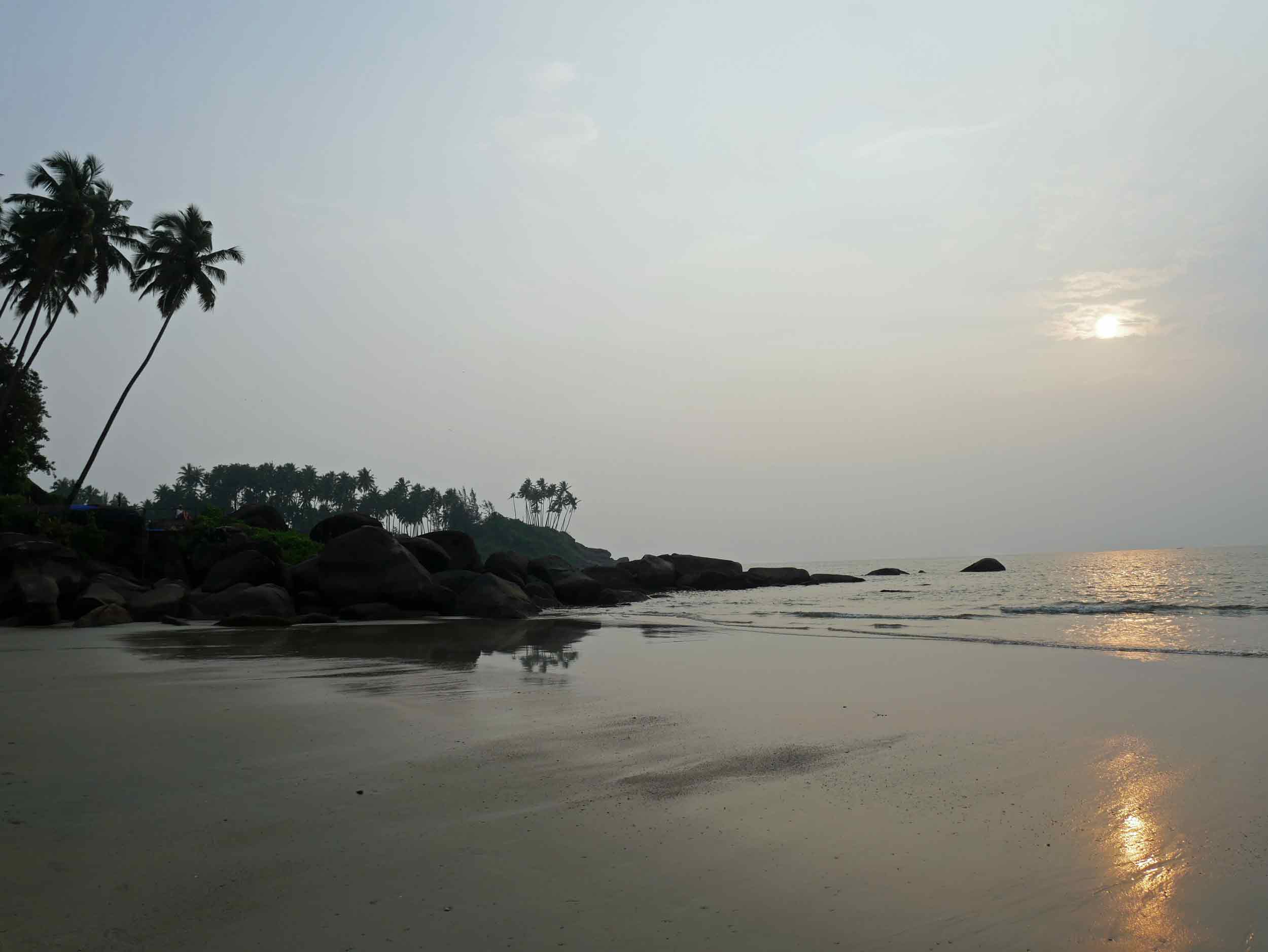
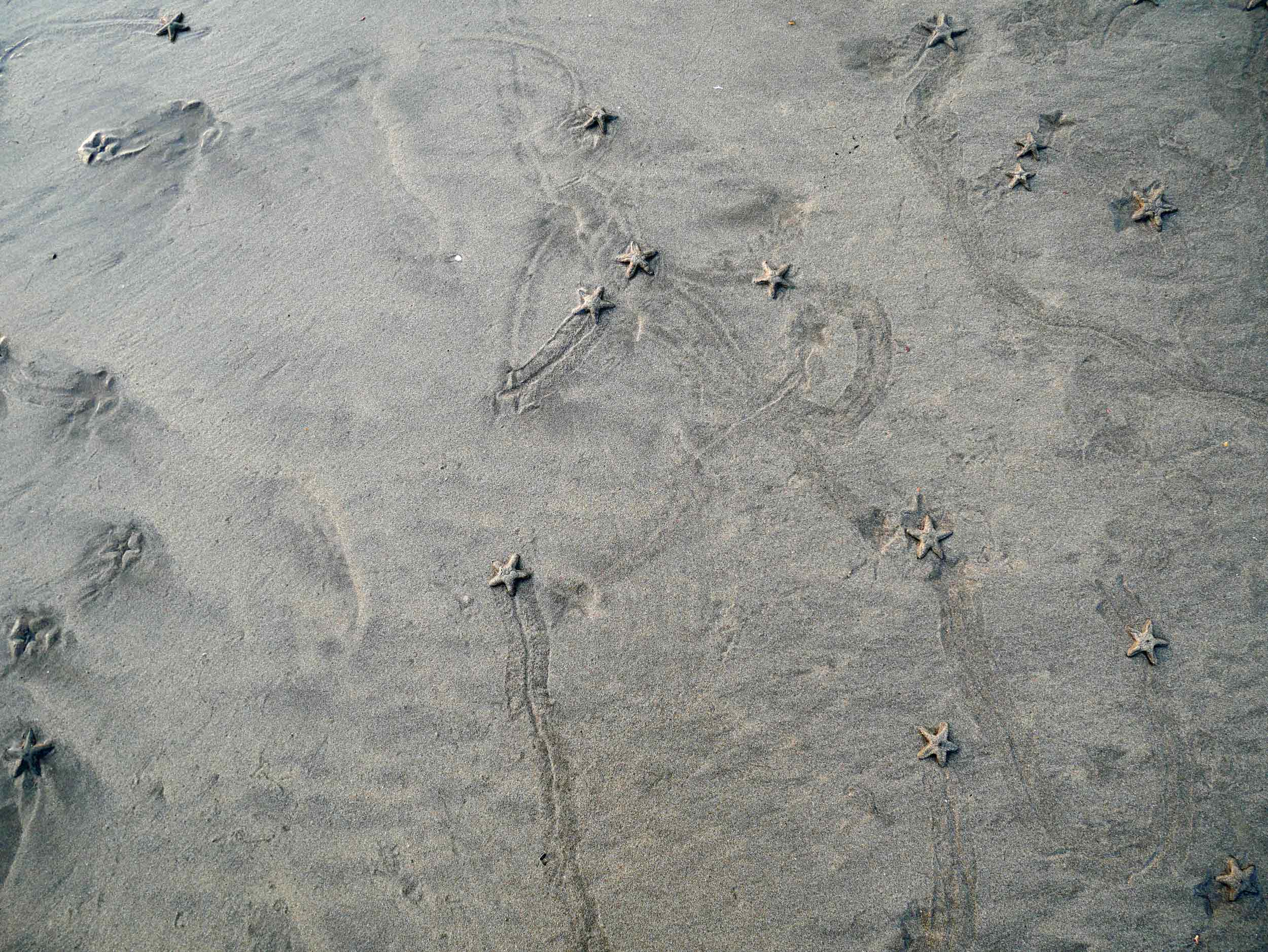
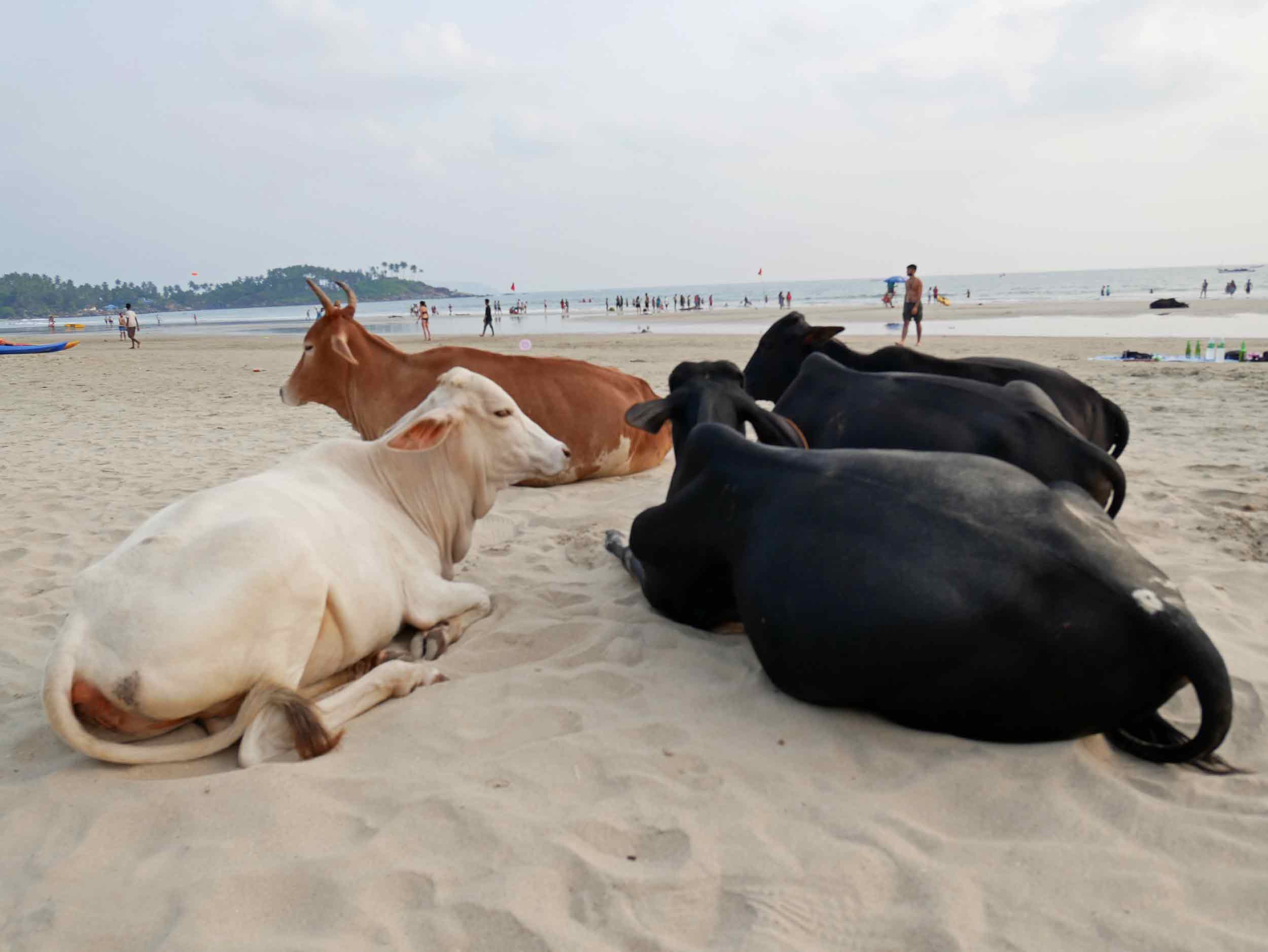


Bombay Calling
From Goa, we headed north for a long weekend in Mumbai, which started off a bit hairy (a late-night arrival to a literal flea-bag motel brought to life our worst nightmares). Though, nearly nine months on the road, we didn’t let a little travel drama stop us from enjoying India’s largest city (after first, checking-in to a new hotel), taking in the colonial-era architecture, diverse cuisine, and coastal style of this global metropolis (with many fab recommendations from Erica, our friend and former Bombay resident who recently relocated to Cape Town). With late-October temperatures soaring into the mid-30s (95-F), we balanced site-seeing – icons like the Gateway of India monument and the opulent Chhatrapati Shivaji rail station were not to be missed! – with cooling off in the city’s wide-range of cafés and restaurants (more on India's diverse cuisine coming soon!), even trying street food with our friend Jeremy and his colleague, Kristina, who had both arrived from the US for a conference. And when daytime temperatures began to dip, we mixed with tourists and locals alike, strolling up the palm-lined promenade of Marine Drive as the oversized orange sun sat into the glistening Arabian Sea.
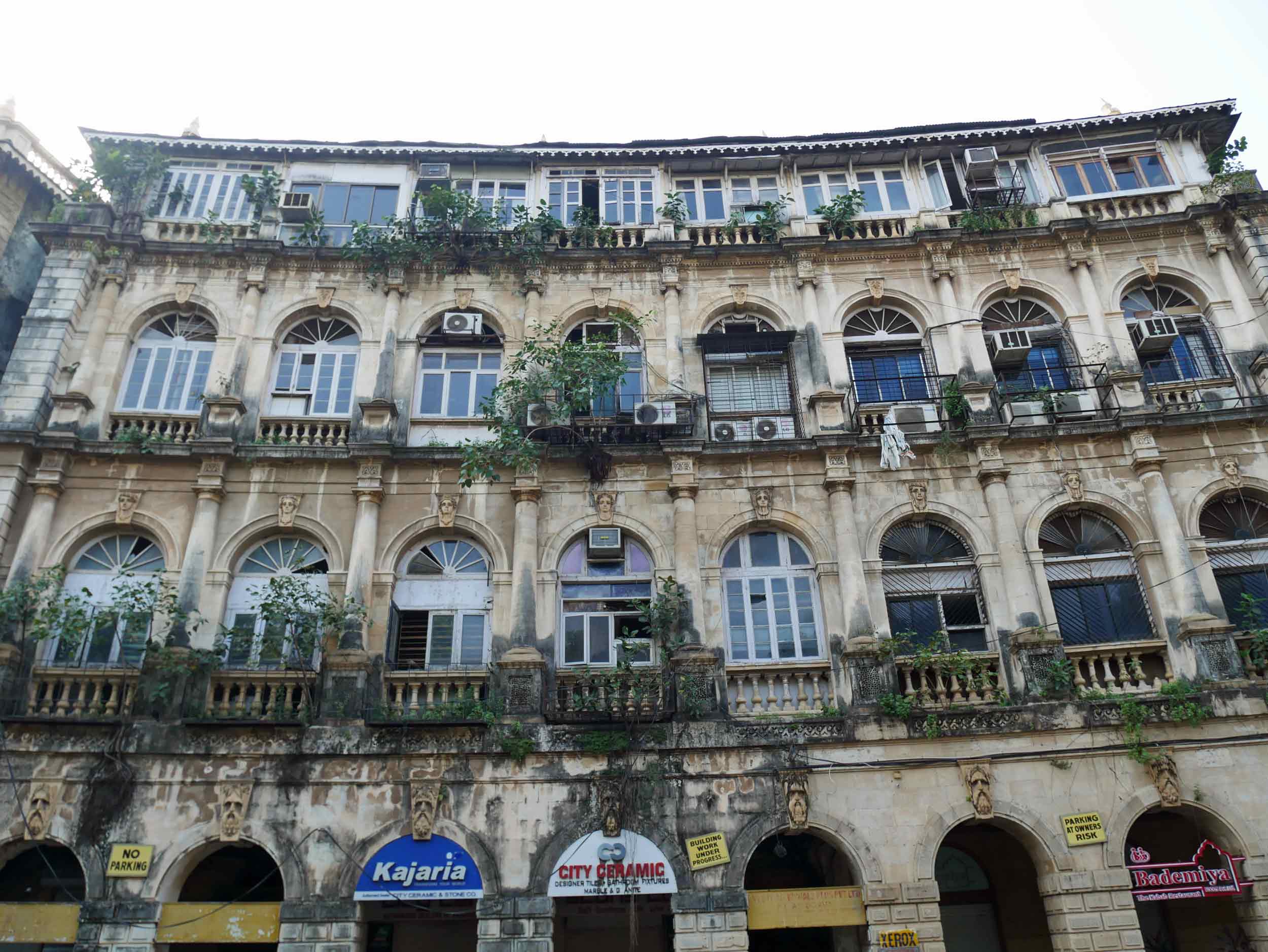
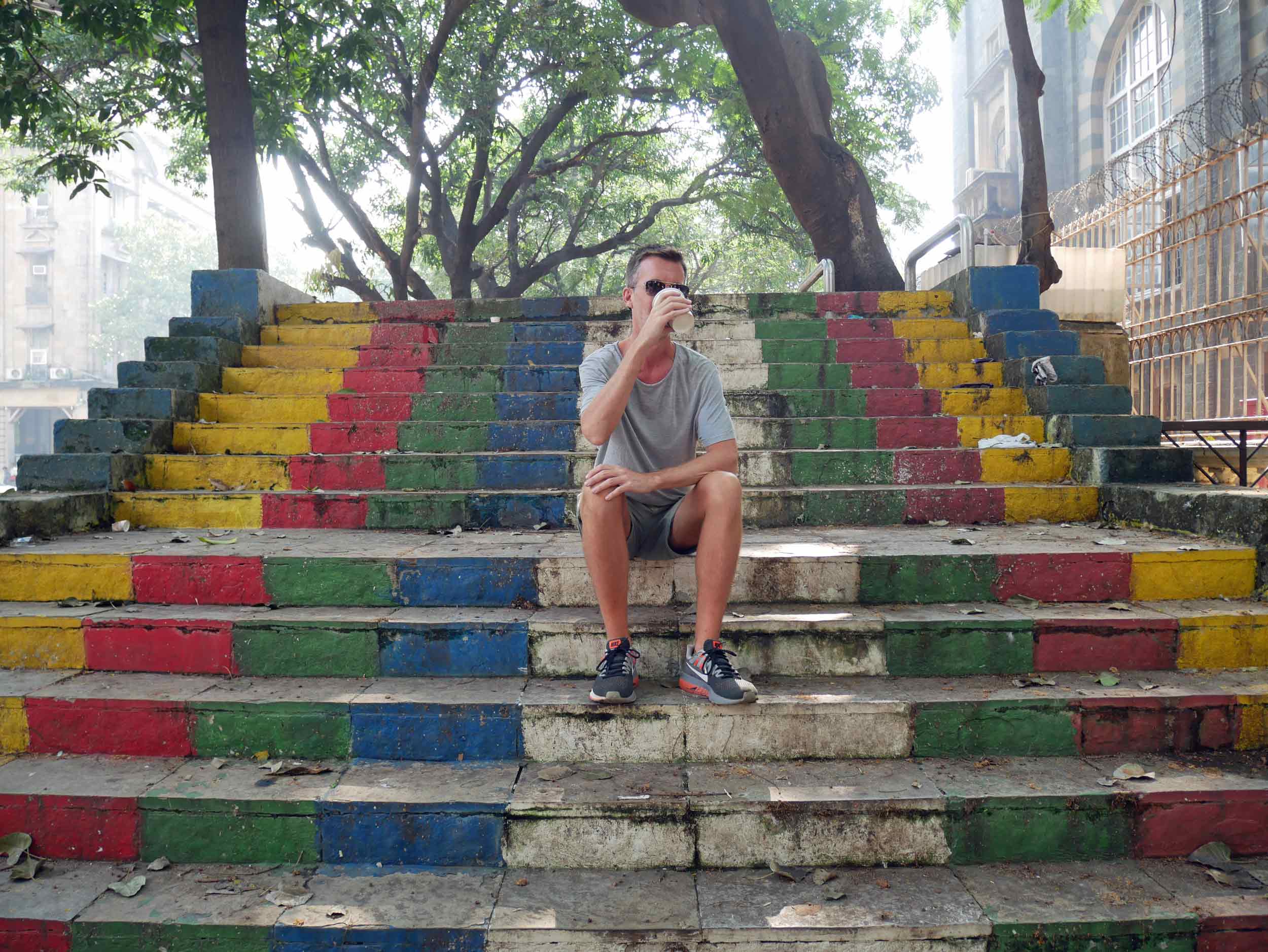
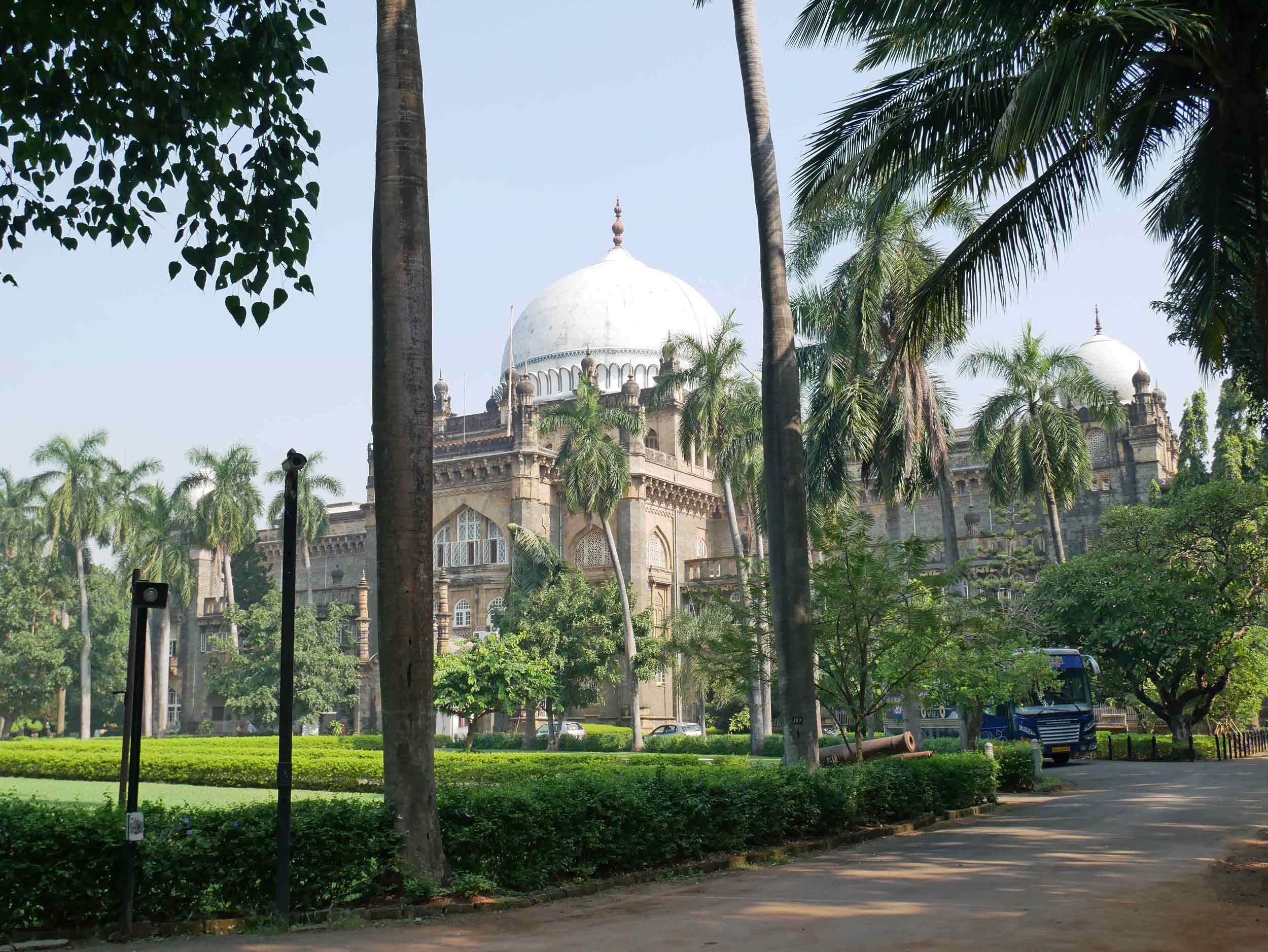
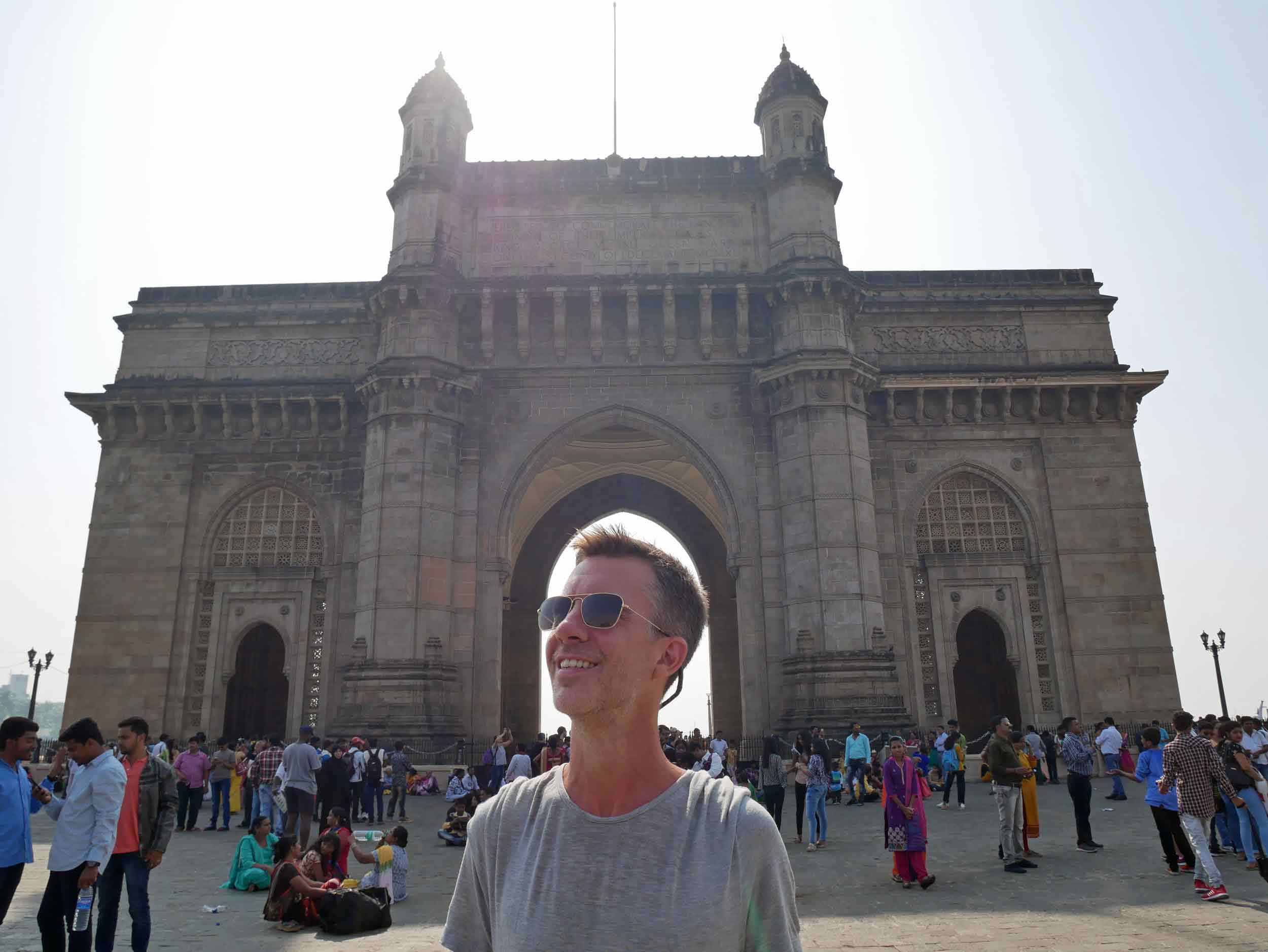
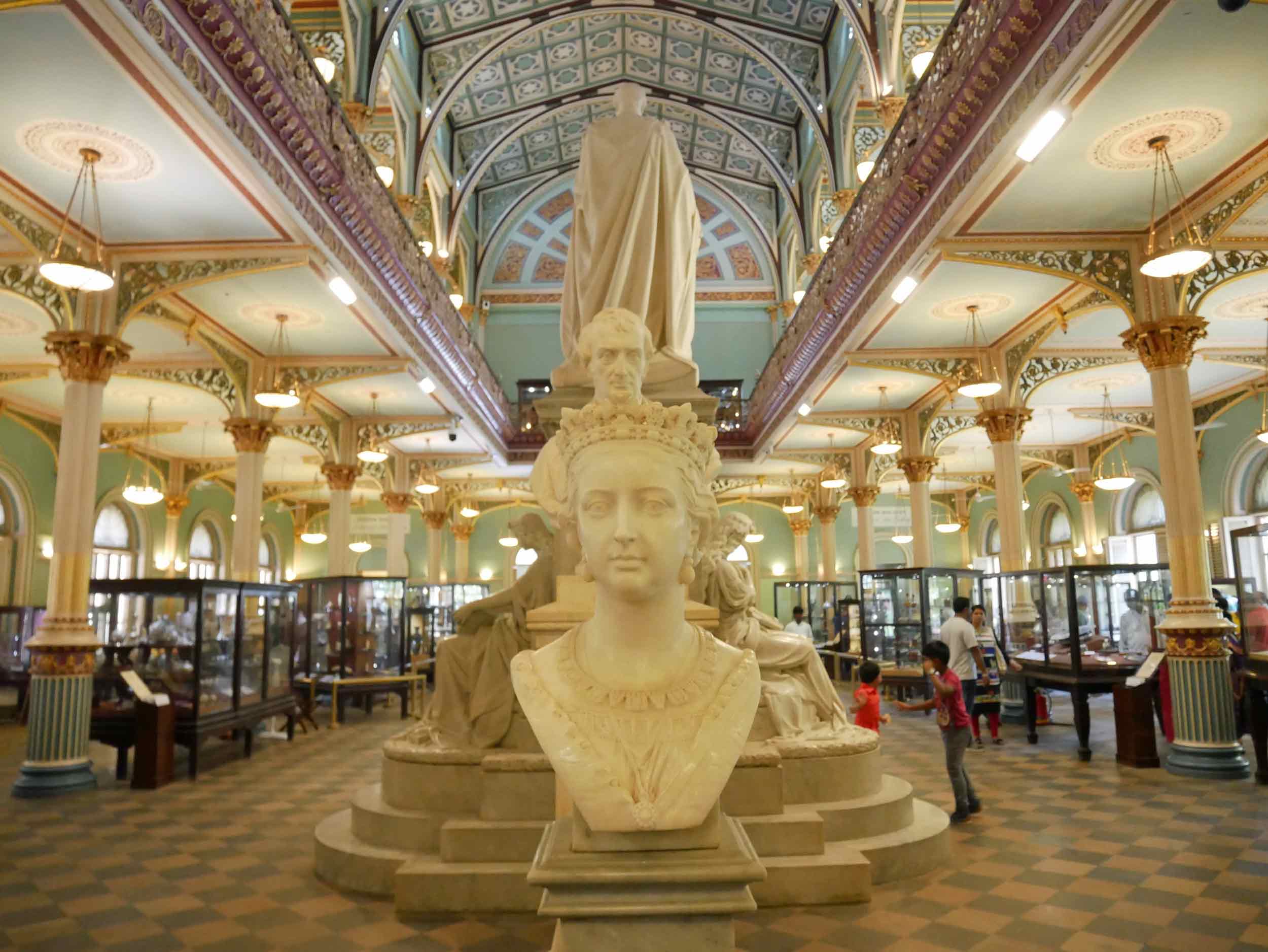
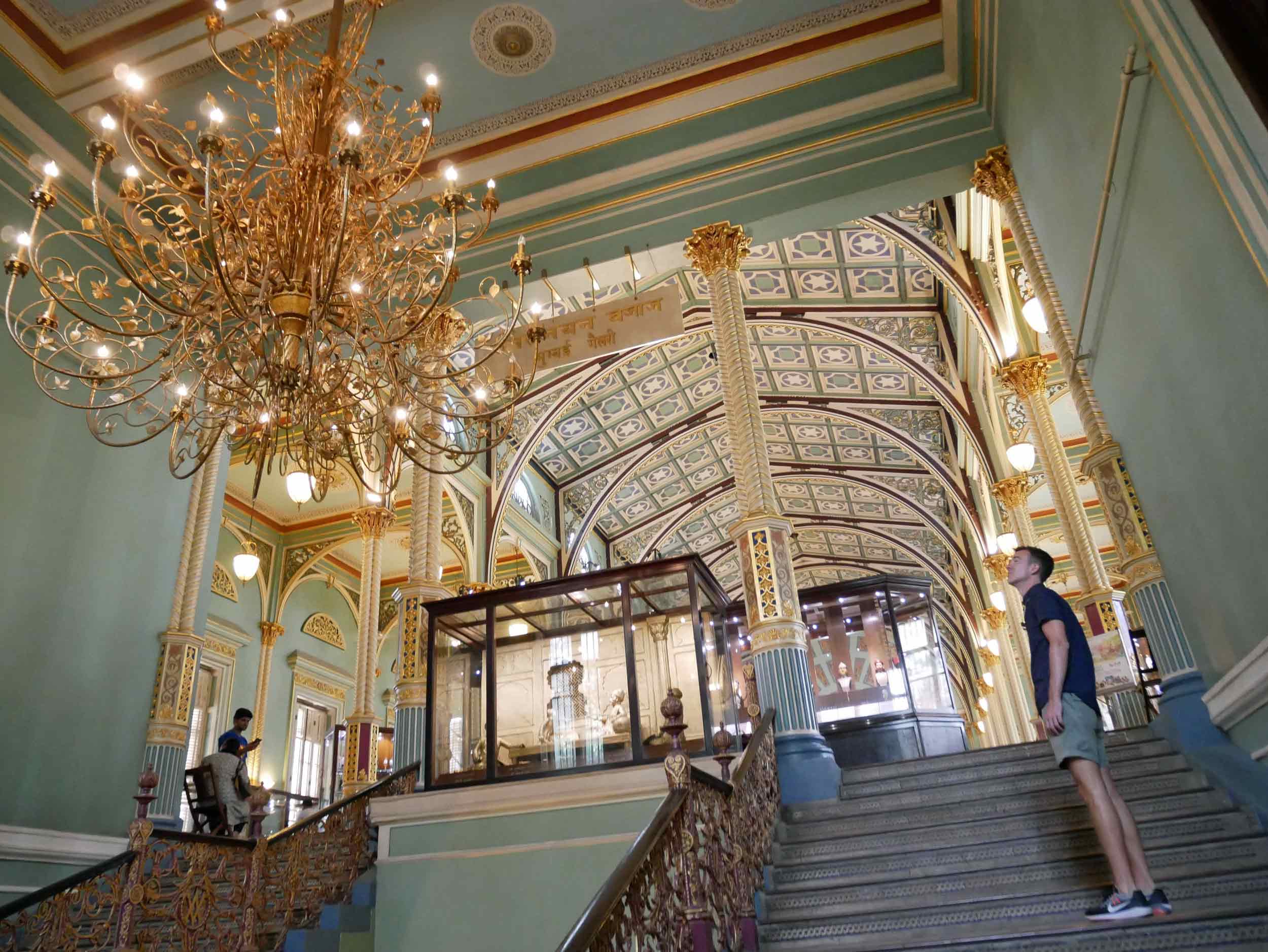
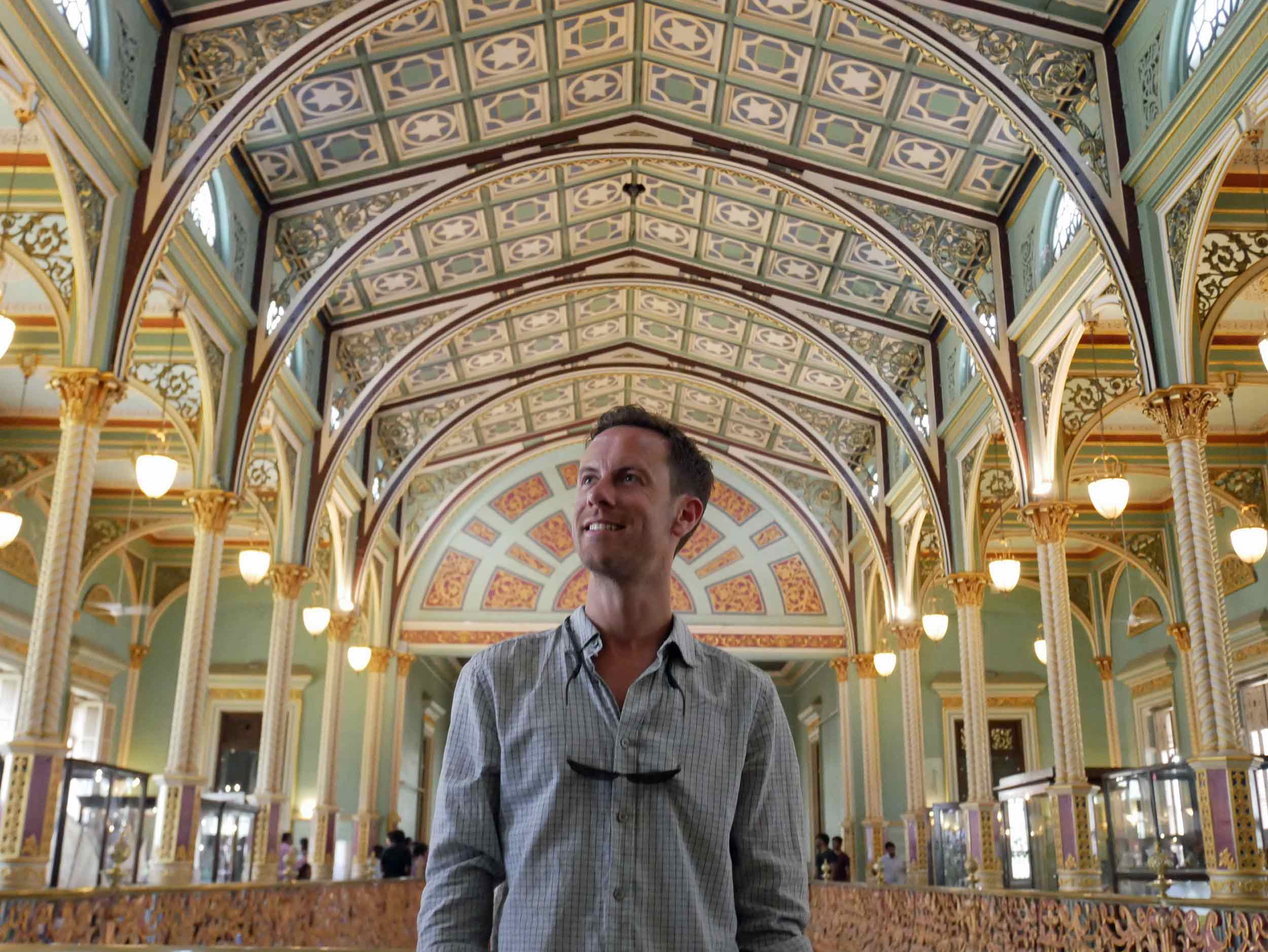
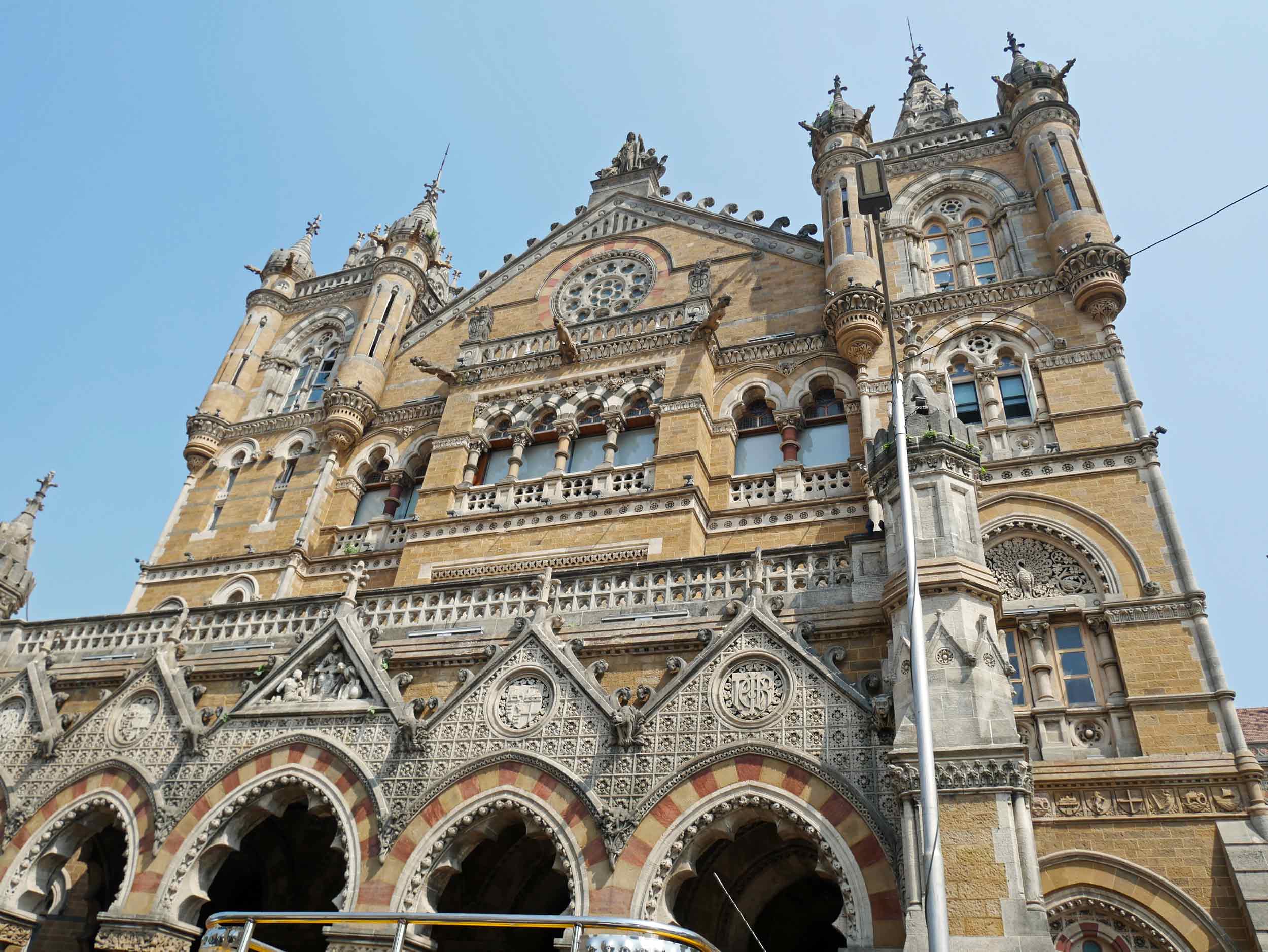
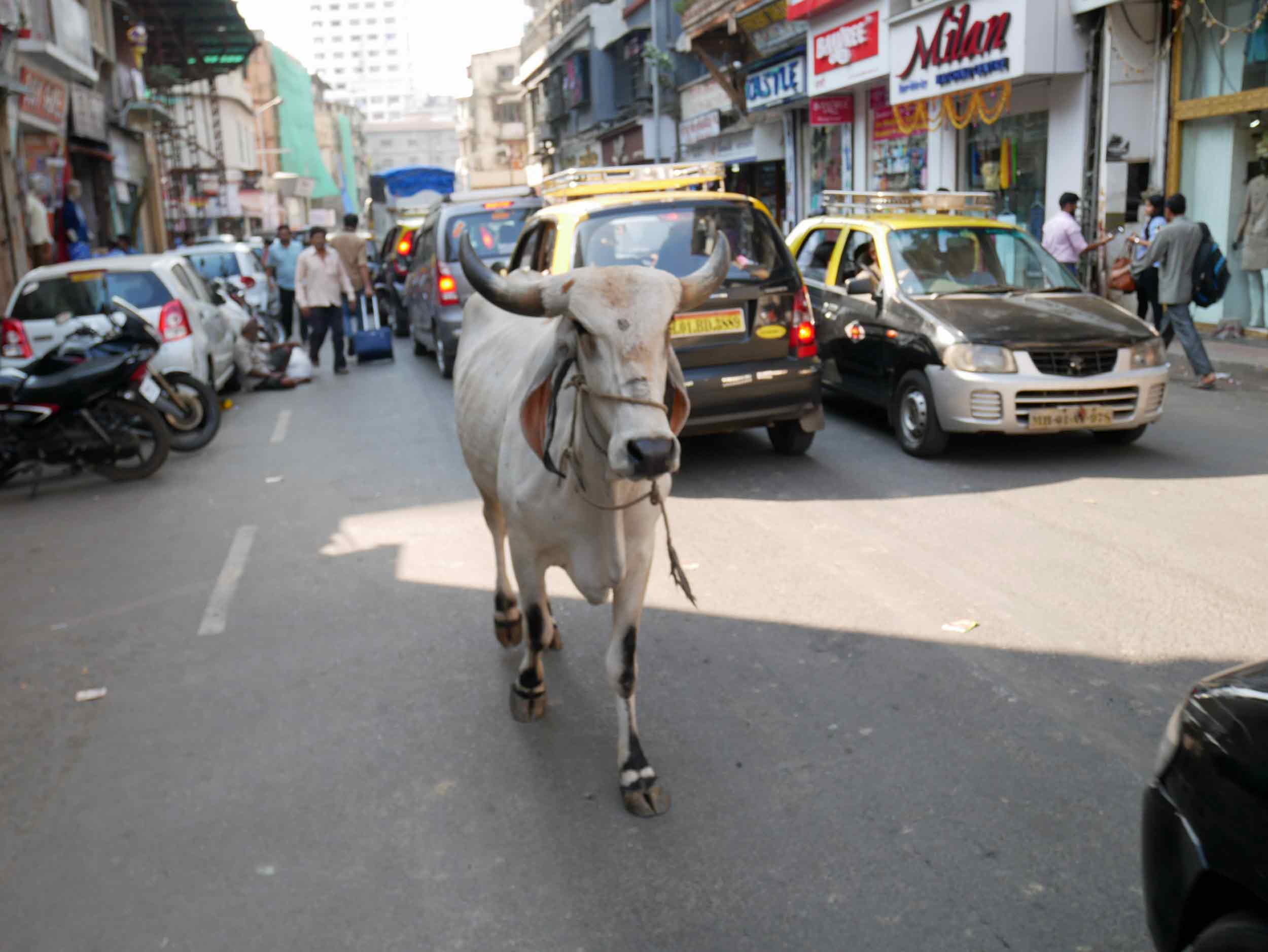

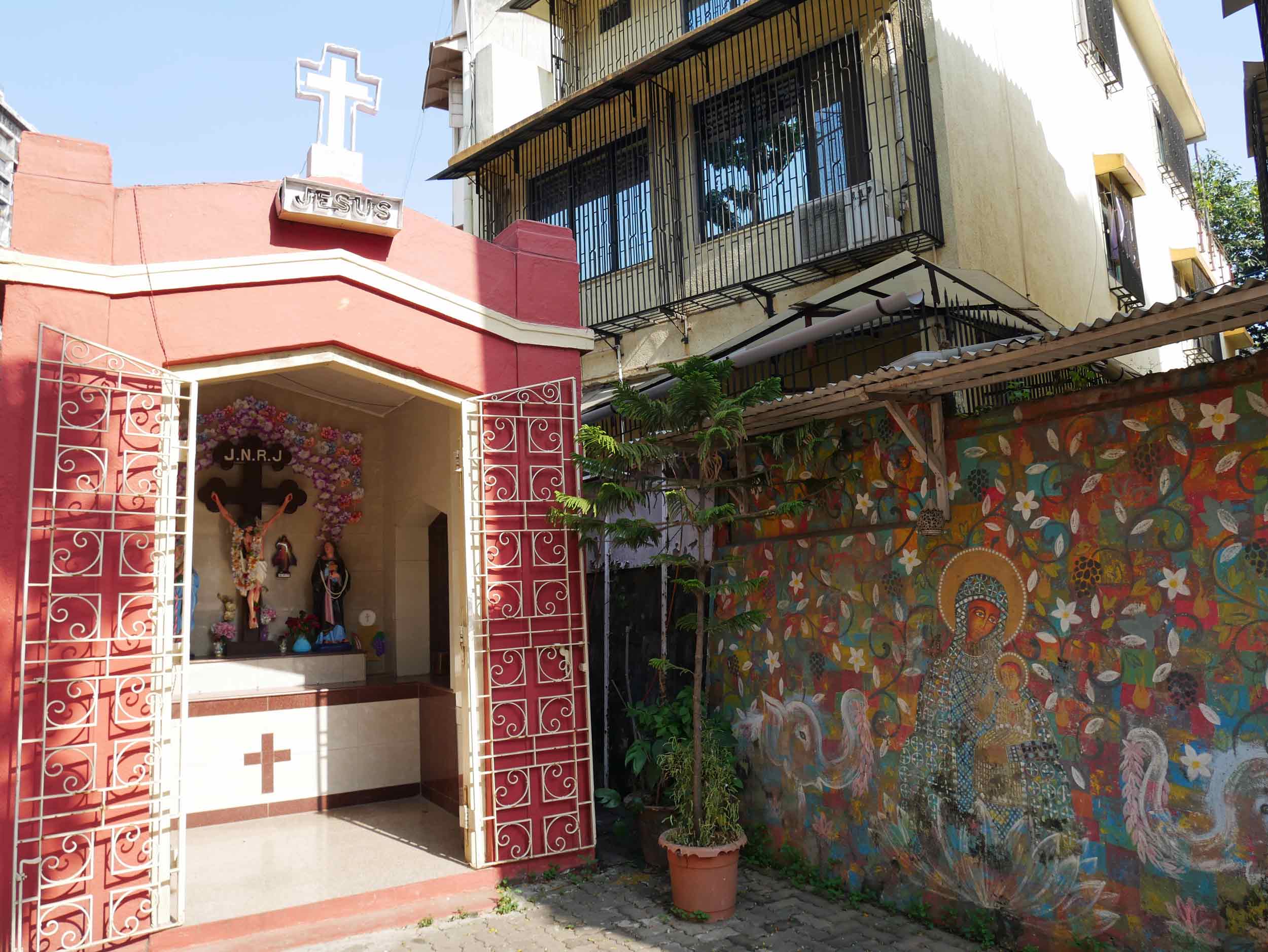


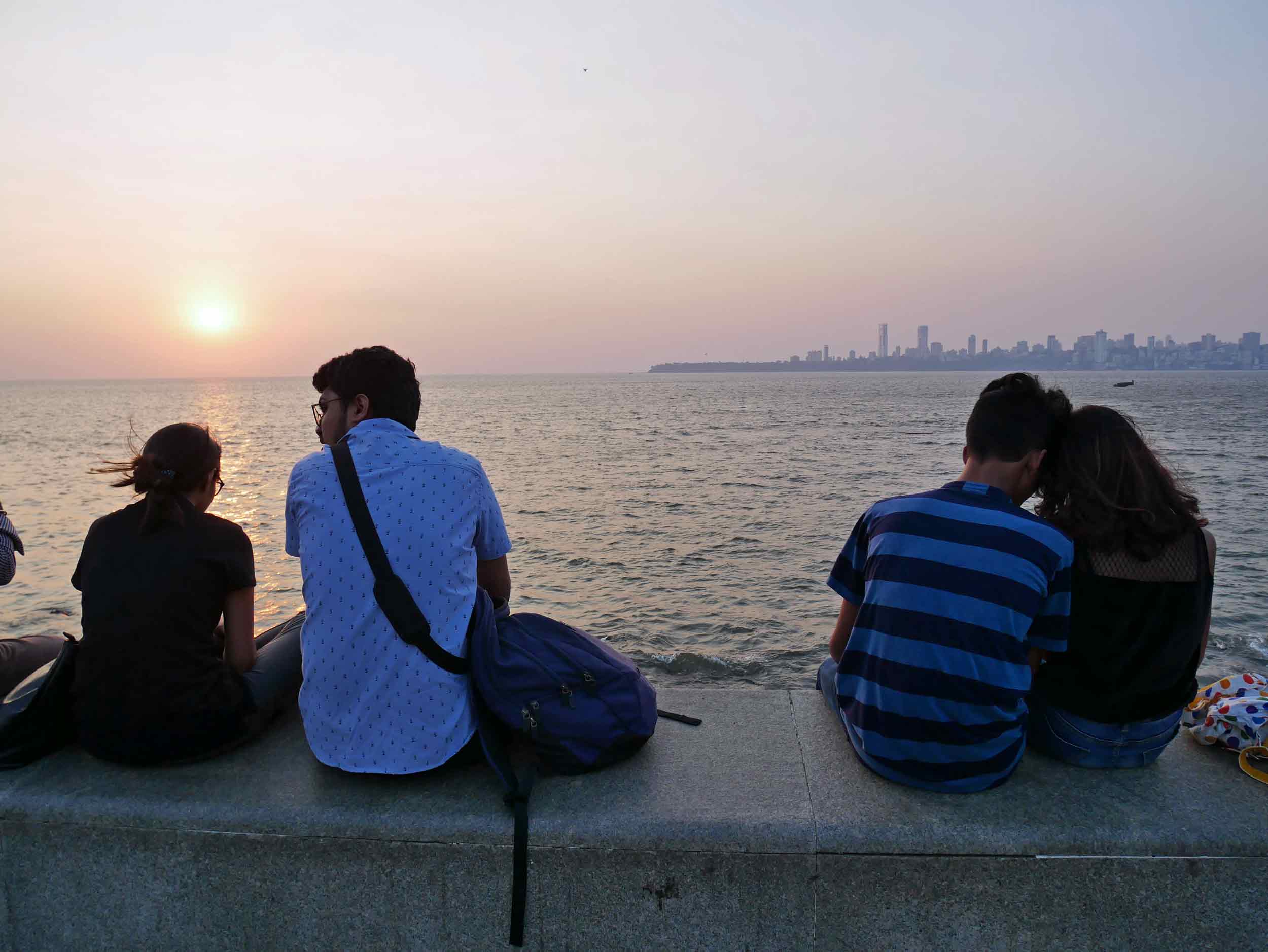
We found the neighborhoods throughout Mumbai to be wholly unique, from the galleries and museums of Kala Ghoda to the historic Portuguese architecture of Khotachiwadi village to the modern residences and trendy shops of Bandra West, home to Bollywood stars and the international jet set. As we skipped from district to district, we were always amazed at the sheer number of people everywhere – on sidewalks, in streets, selling, buying, sleeping, living – and the roadways full of taxis, tuk-tuks, trucks, cars, bicycles, carts, and yes, the famed and sacred city-dwelling cows. Hailing from the concrete jungle ourselves, one would think we'd be used to the maniacal sight, but Mumbai is truly the city that never sleeps, a goldmine for people-watching with hilarious and harrowing goings-on taking place around every corner (or more likely, in the middle of the street).
Pursuing Their Religion
As October came to a close, we headed to the top of country for a week exploring the religious diversity of Northern India, beginning in Amritsar, located in the state of Punjab and recognized as the spiritual and cultural center of the Sikh faith. Situated near the Pakistani border, which is less than 30 kilometres (18 miles) from town center, Amritsar is home to the brilliant Harmandir Sahib (or Golden Temple, as it’s better known), the gilded shrine and house of worship built by the fourth Guru of Sikhism in the late 1500s that now receives more than 100,000 visitors per day. On our first morning, we patiently waited in the pre-dawn light with a mass of barefoot pilgrims (and a handful of curious Westerners, like us) to enter the Golden Temple’s inner-sanctum, which felt like something out of a late-60s Beatles film. As believers pushed and shoved their way into the bejeweled room, we only had moments to take in the spectacular scene: a Guru dressed in all-white sitting in the center of the exquisite chamber on a cloud of pillows that were covered in rose petals, fresh-cut flowers and other offerings as incense wafted through the air and ragis chanted from scared Sikh text while devotees played instruments and sang in praise of the divine. Awed, we made several visits to the vast complex throughout the day as the exterior of the gilt temple changed color and tone with the shifting daylight and holy men meditated, prayed and bathed in the sacred waters that surround the holy shrine.
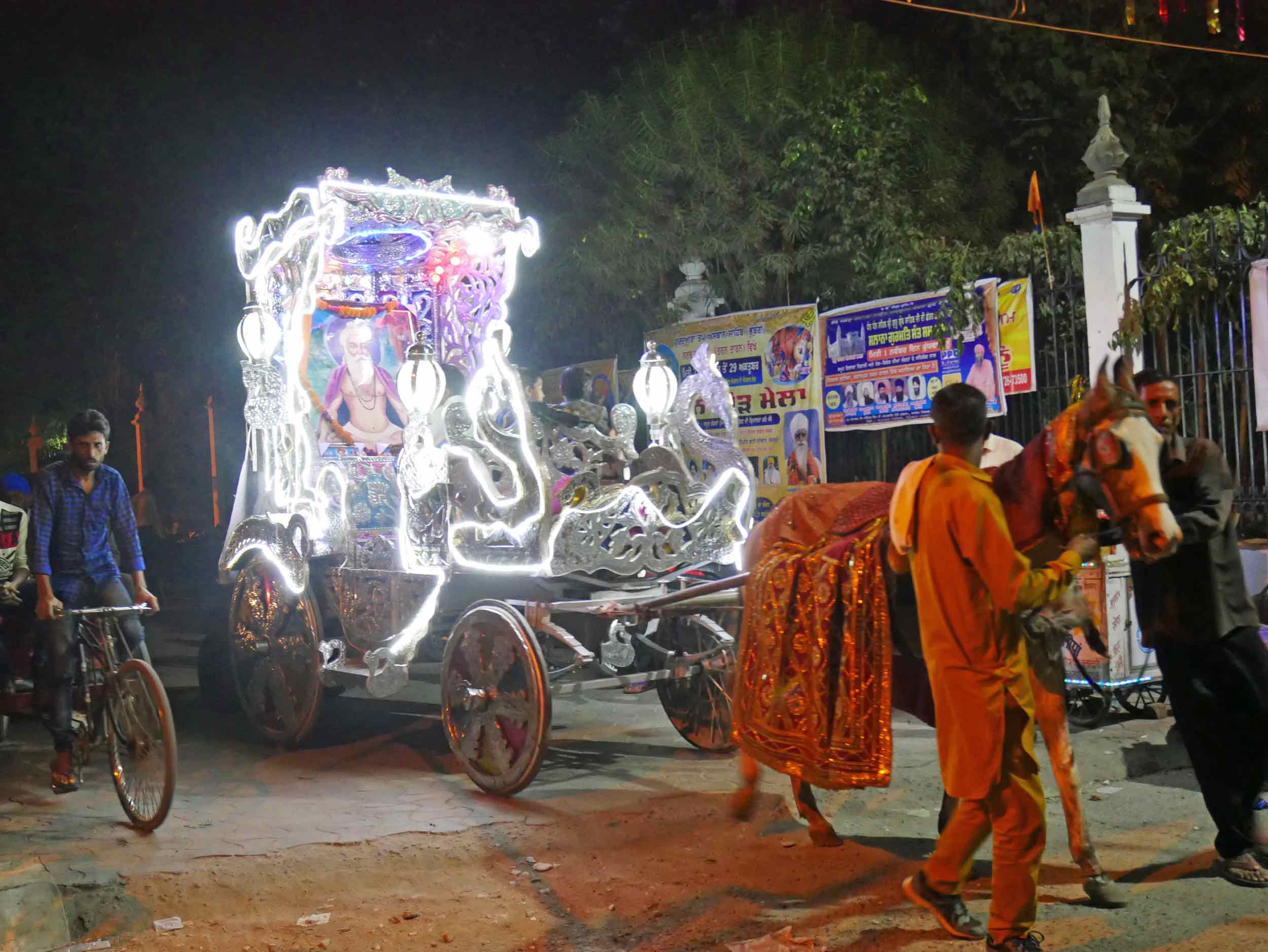
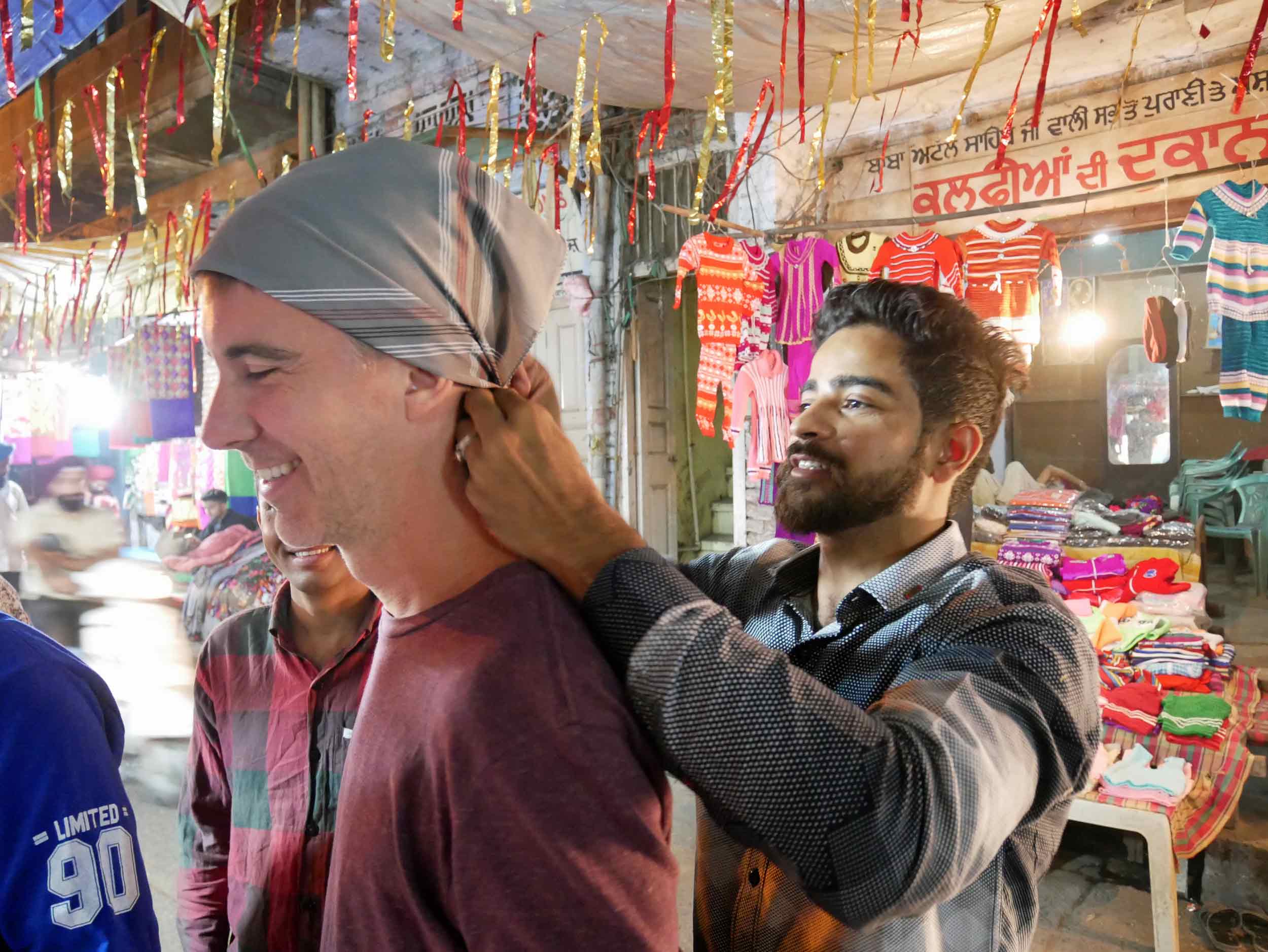
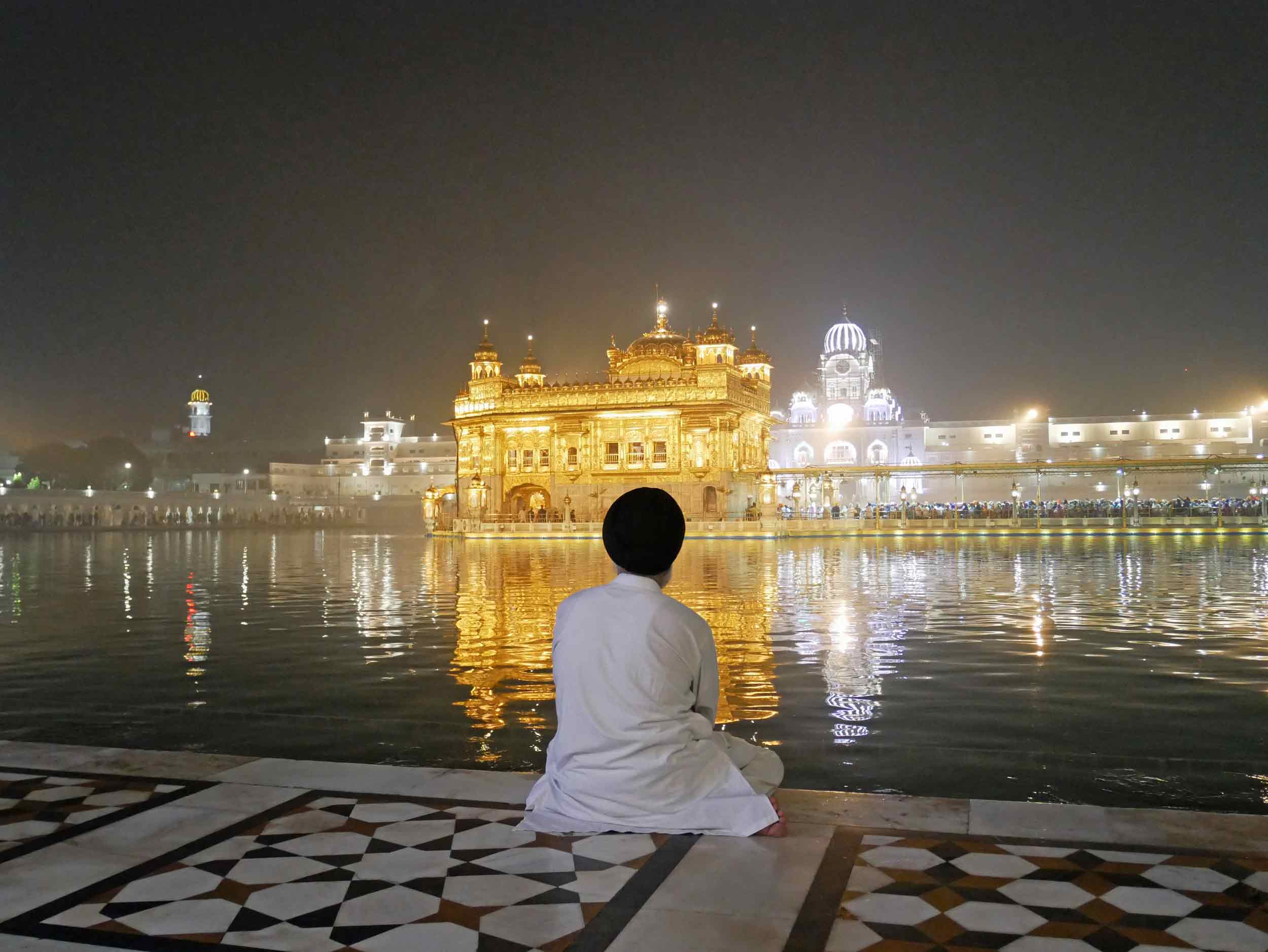
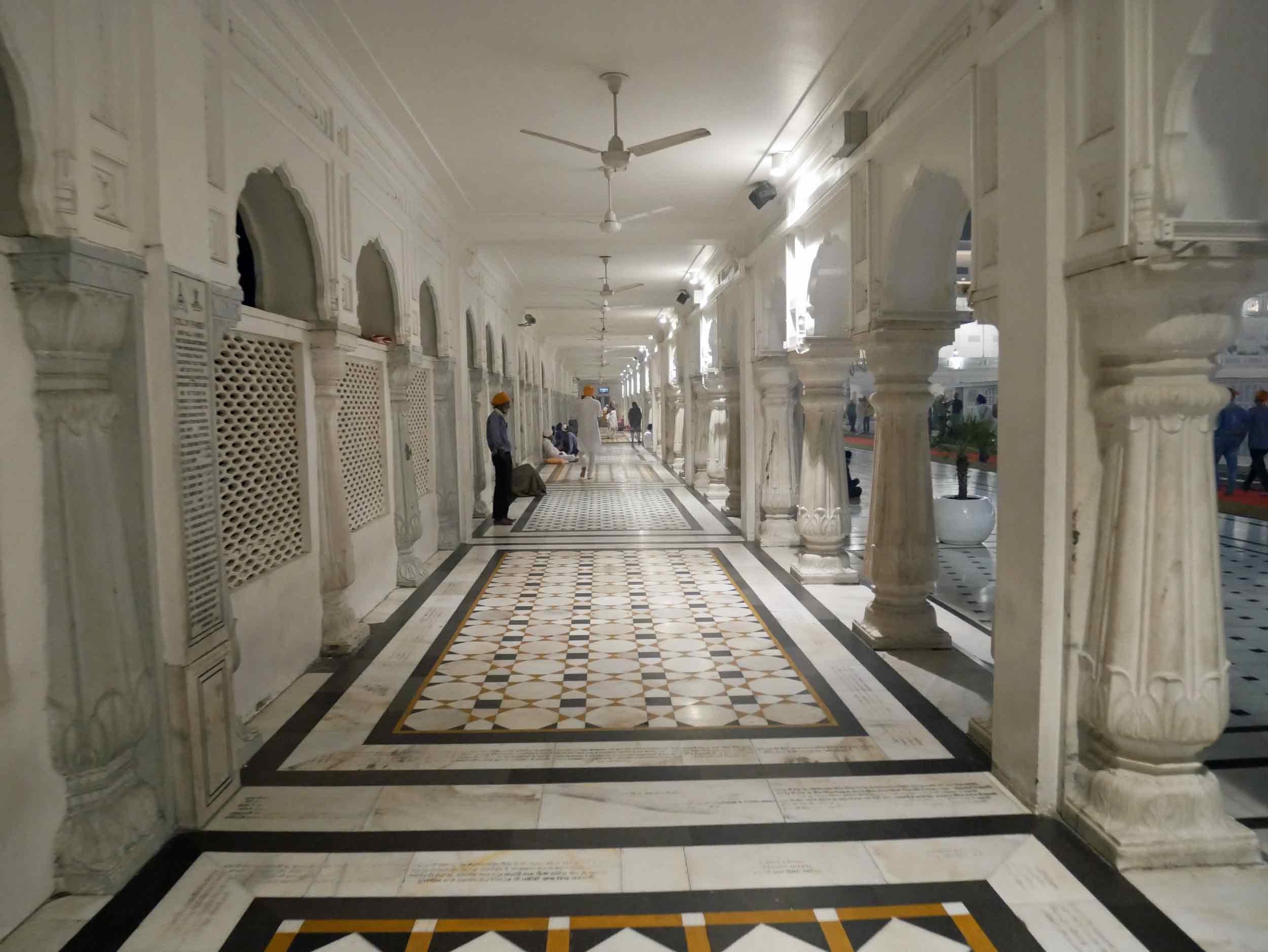
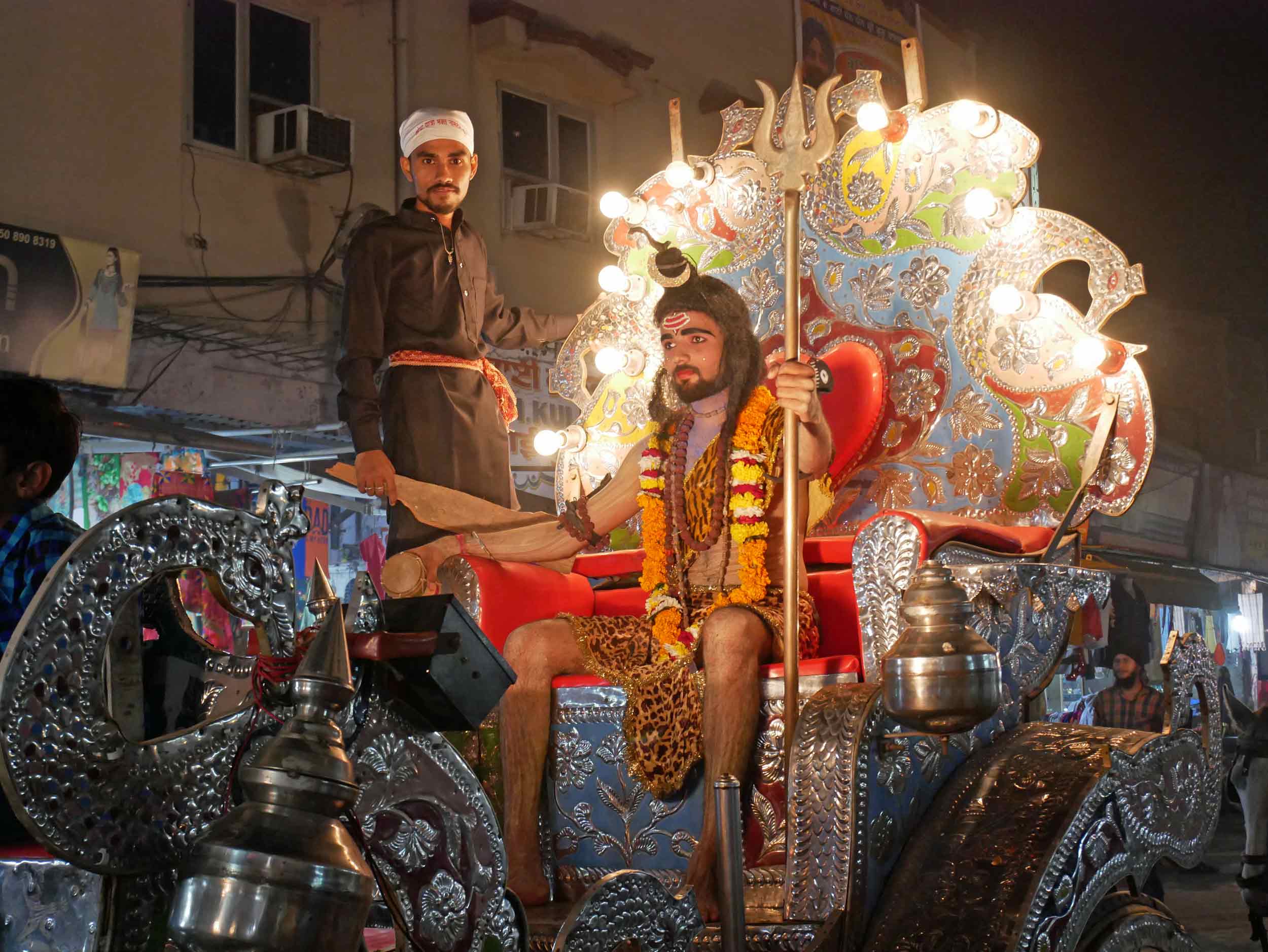
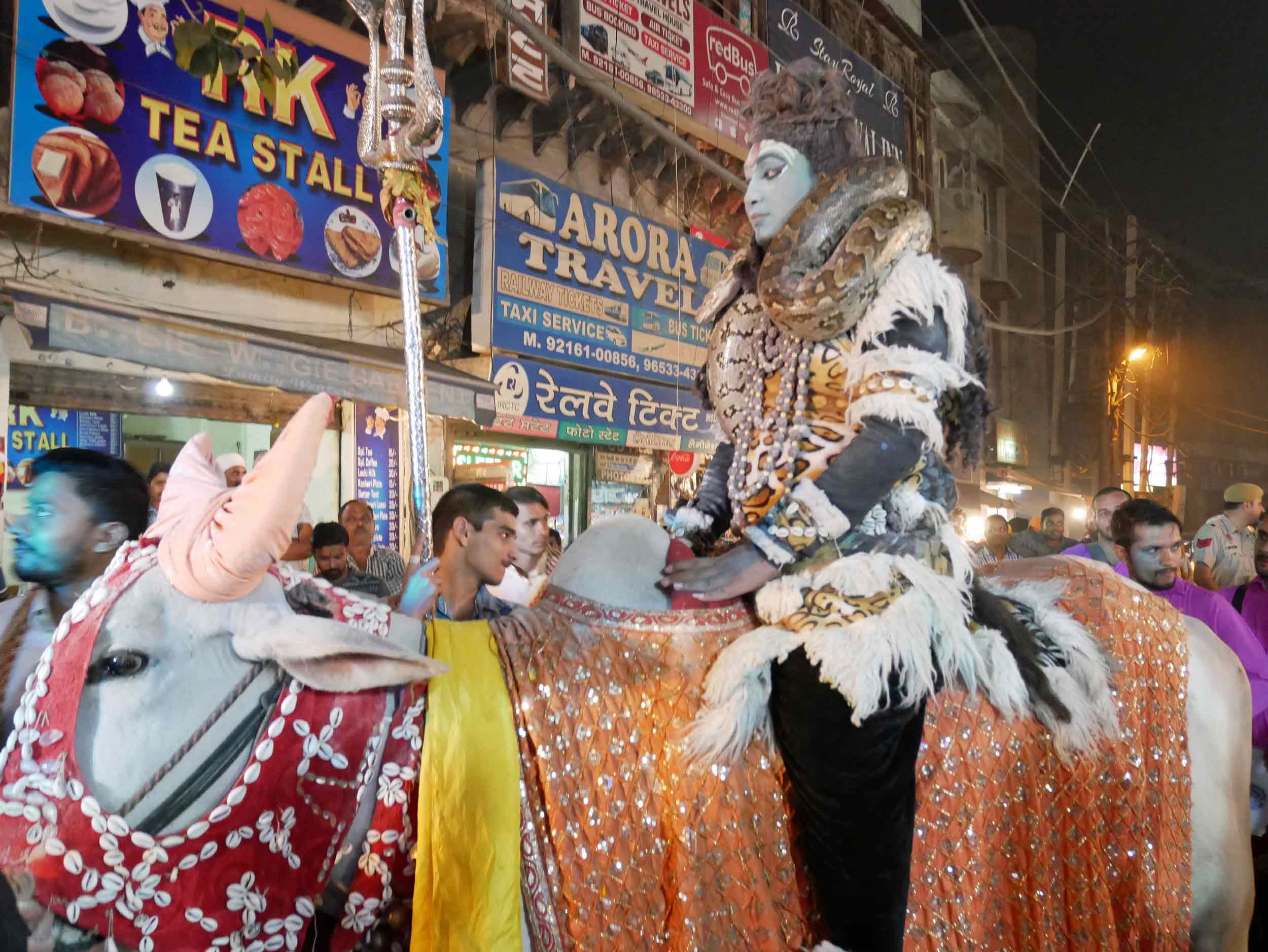

On our final afternoon in Amritsar, as we made our way to the city's transit hub to go even farther north, we got stuck in one of India’s famous traffic jams. Our Western nerves not used to this seemingly everyday occurrence, our driver reassured us that our bus would wait, and yet, his own patience eventually wore thin. Next thing we knew, he had boldly cut across the median to drive unimpeded down the wrong side of the highway, nodding to several officers who were directing traffic as he blatantly defied the law (more suggestion than rule in India!). Alas, we made the awaiting coach, which was, in fact, idly standing by for passengers coming behind us.
We were now joyfully on our way to Mcleod Ganj, sometimes called “Little Lhasa” because of the large population of Tibetan refugees who have settled here. In fact, this tiny Buddhist village in the foothills of the Himalayas is home to the Dalai Lama and one of the reasons for the timing of our visit. During our stay, we were fortunate to hear him give a talk at the Main Tibetan Temple, which is connected to his official residence. Seeing his wide smile as he walked through the crowd and hearing his tempered words on love and compassion as we sat on cushions in the courtyard amongst hundreds of other listeners from countries as far flung and varied as Italy, Vietnam and Russia was surely a once-in-a-lifetime moment. During our few days of rest and reflection here, we also aimed to better understand the challenges and horrendous acts of persecution facing Tibetans even still today, exploring the small museum that charts the country’s harrowing history, praying and meditating as monks chanted around the temple complex, and connecting with settlers selling yak wool blankets, wood and stone malas, and other trinkets along the side of the road and at the daily market.
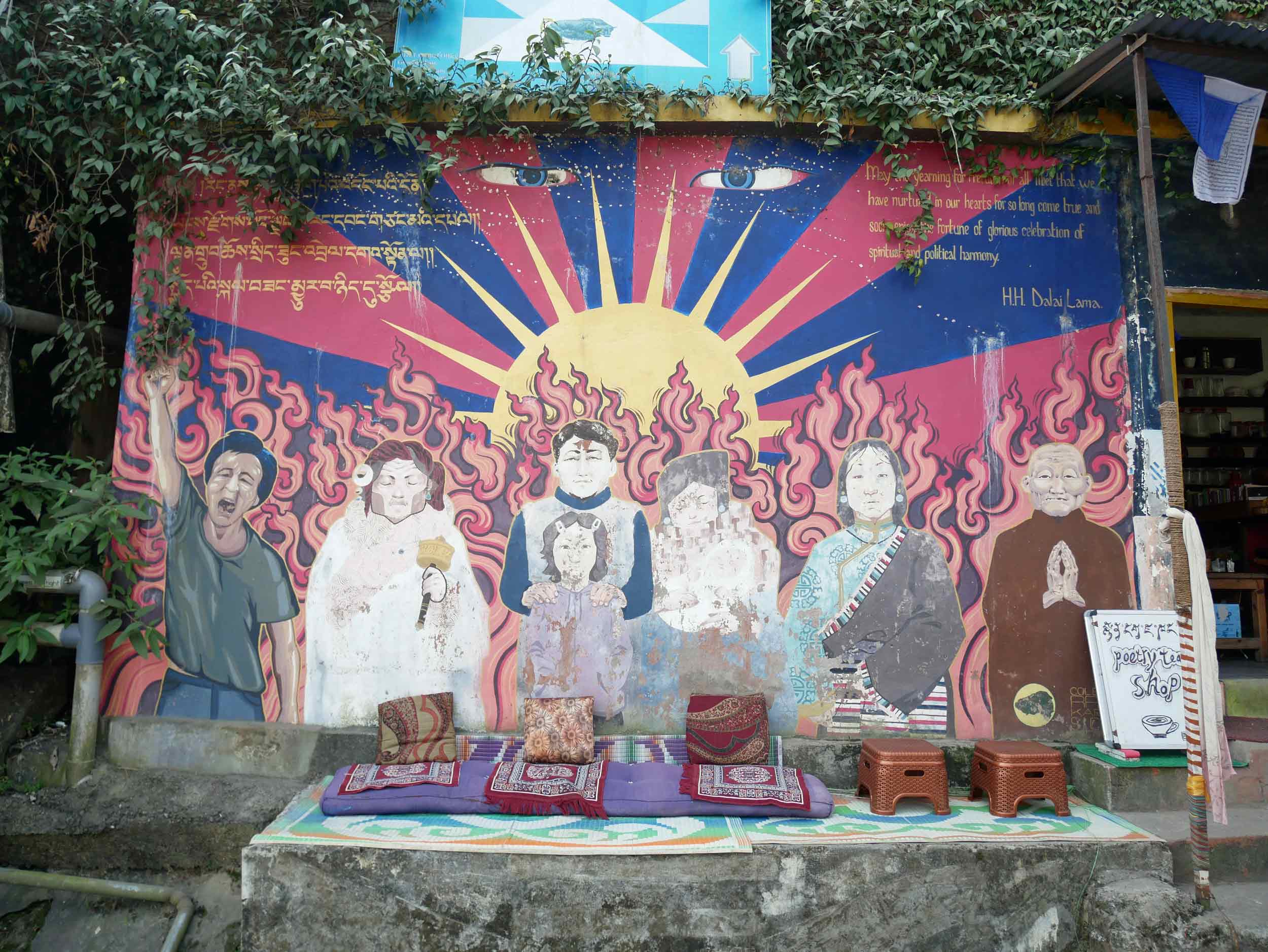
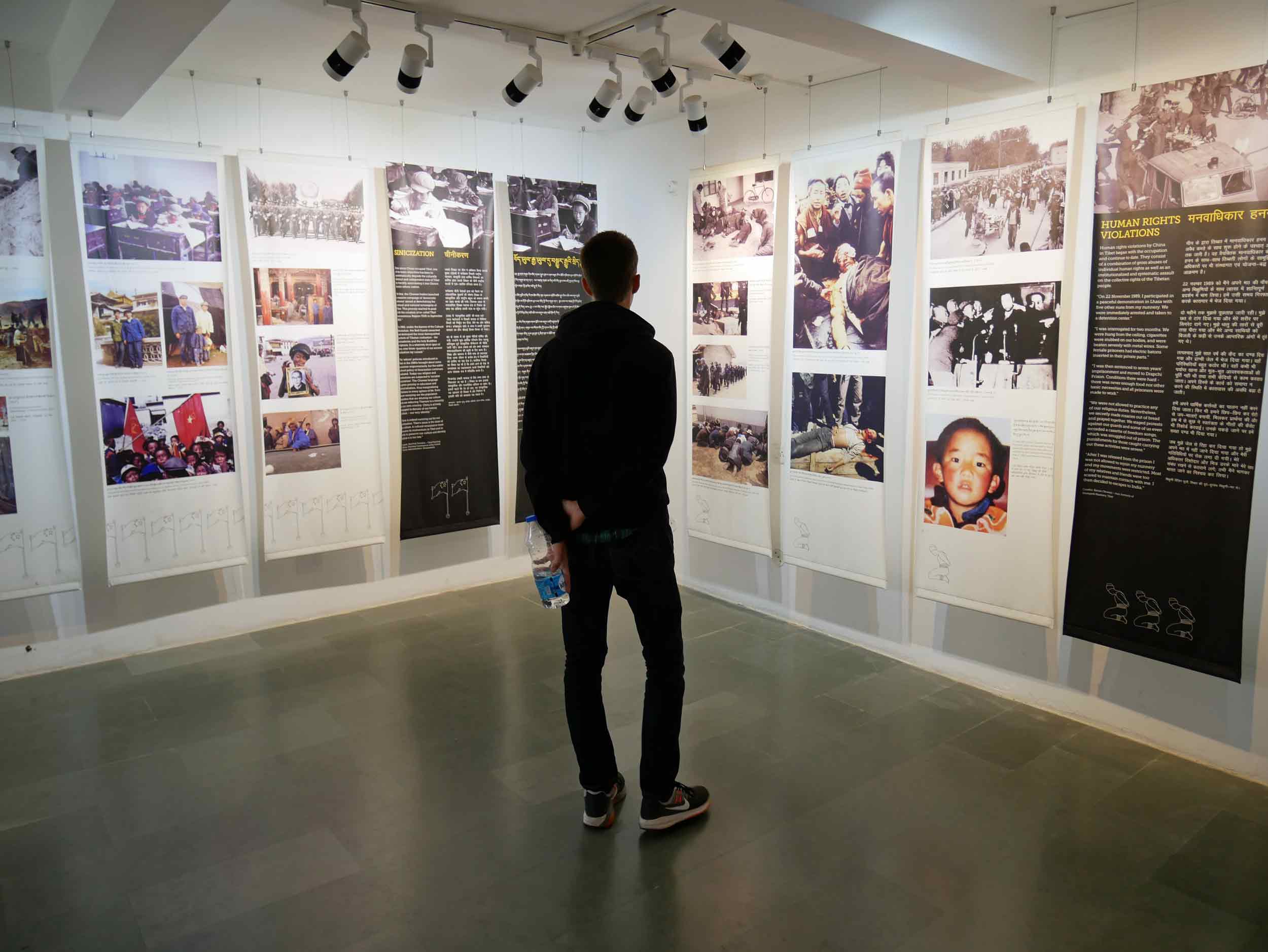

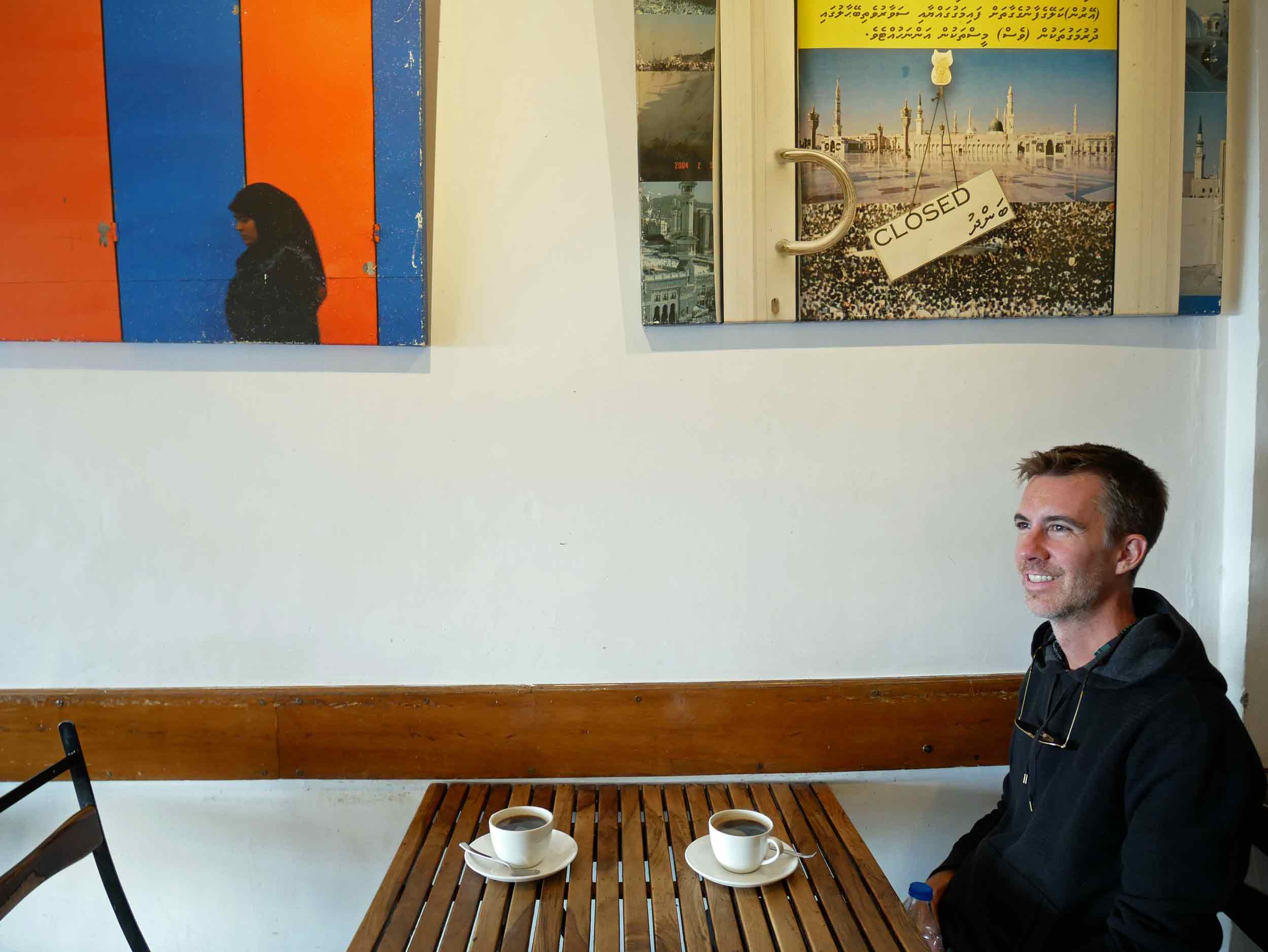
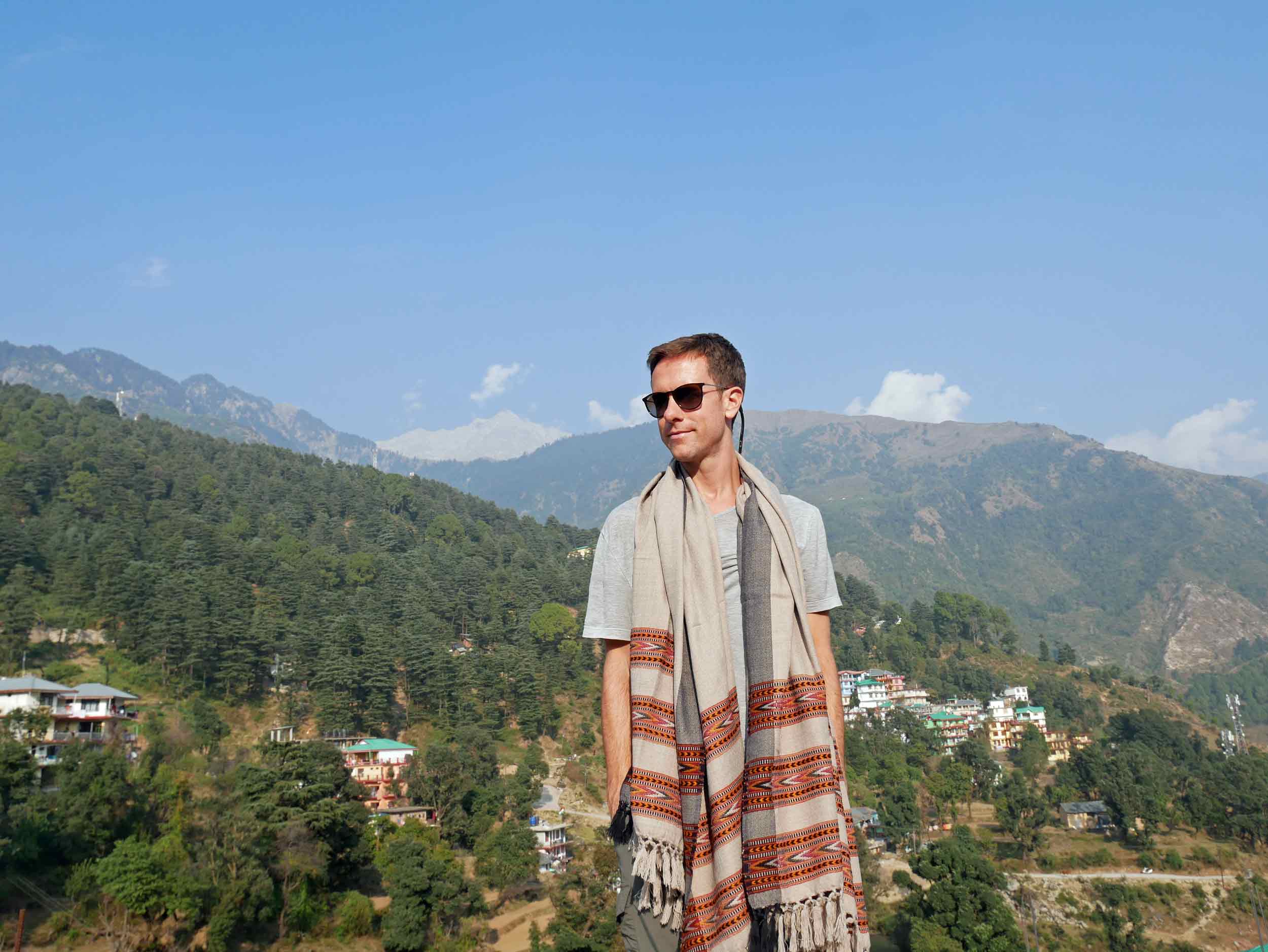
Delhi - Old and New
After a week in India’s north, we headed down to the expansive national capital, splashing out in the center of it all at Le Méridien New Delhi (thanks to help from our friends and Trey's former colleagues, Anjali and Meena). With still rising temperatures even in November and an unfortunate air quality caused by rural farmers burning post-harvest fields, we ducked in and out of the sumptuous hotel, taking breaks to cool down and breathe the purified air in our 10th floor room, which boasted commanding views of this political and financial center. (Interestingly, Delhi served as headquarters of several ancient Indian empires, but it wasn't until 1911 that the British Raj appointed it the country's modern capital, shifting from Calcutta on the country's peripheral east coast). On our first morning, Anjali and Meena had kindly arranged for one of the most special experiences of our trip—a personalized tour through the frenzy of Old Delhi. As we trailed Dhruv, our passionate local guide, through narrow cobblestone alleyways, up winding stairwells to rooftops full of activity and down crowded lanes of hawkers selling everything from spices and flowers to lightbulbs and toilet seats, we felt like we’d stepped back in time to an India one only glimpses in iconic Bollywood films.
For instance, we spent time on the rooftop of a local businessman's home, where before setting out for the office each day, he participates in the popular game of pigeon calling - attempting to confuse the birds of other locals into joining his flock, only returning the wayward foul for a fee. After tasting (only with our guide’s consent!) the spices and treats found around the market, the biggest surprise of the day came when Dhruv took us to see an Old Delhi haveli, the striking heritage townhouse belonging to him! In his family for generations, his residence is one of the last original mansions within the city’s historic center, and after snapping a few pictures of the intricately carved entrance, Dhruv graciously invited us in for a traditional Indian lunch prepared by his wife. With our morning of Indian history, it was as if that evening we had boarded a time machine to South Delhi's trendy Hauz Khas neighborhood, where we found ourselves eating dinner and sipping juices right on the dance floor of modern hipster hangout, Social.
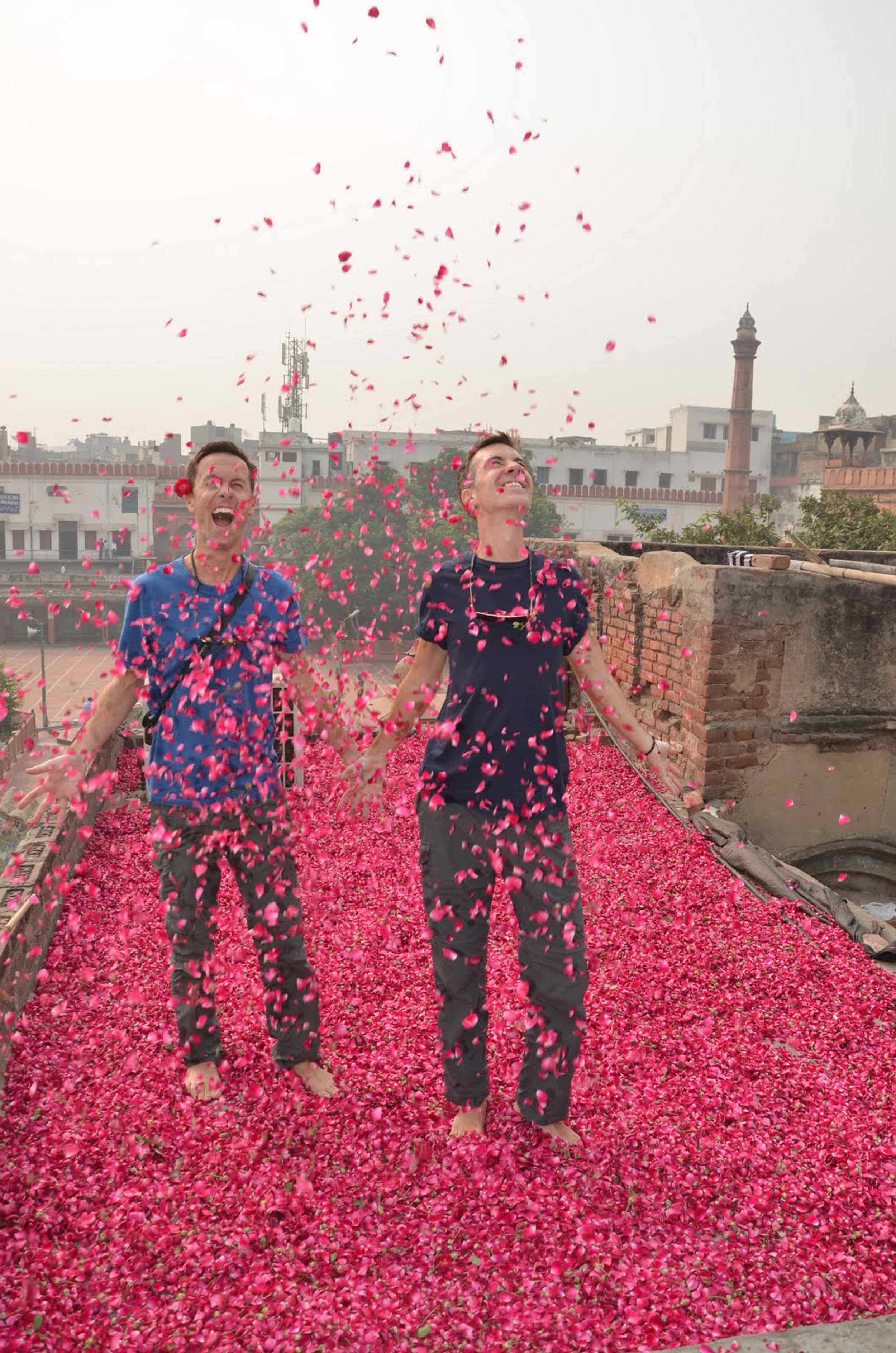
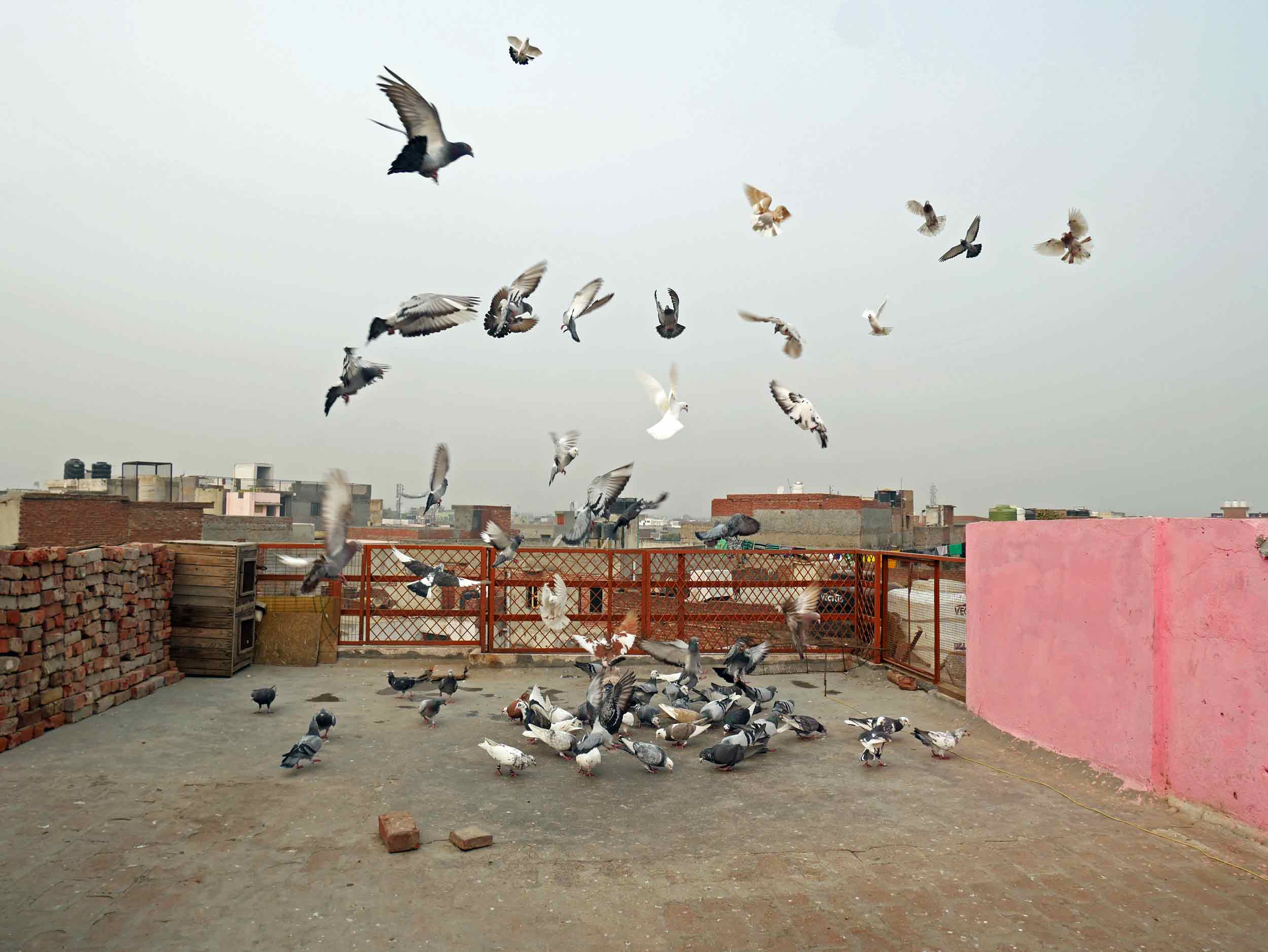
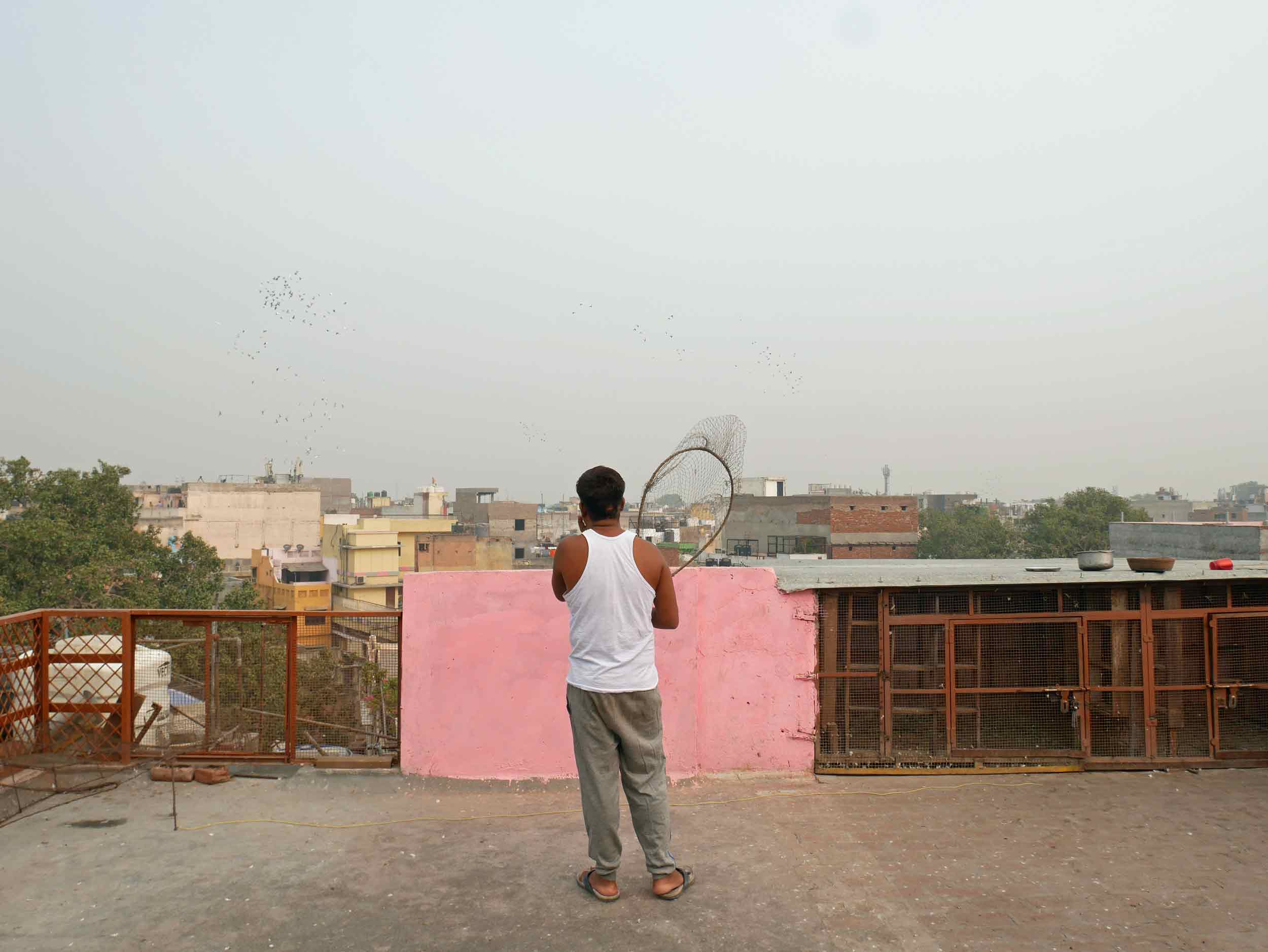
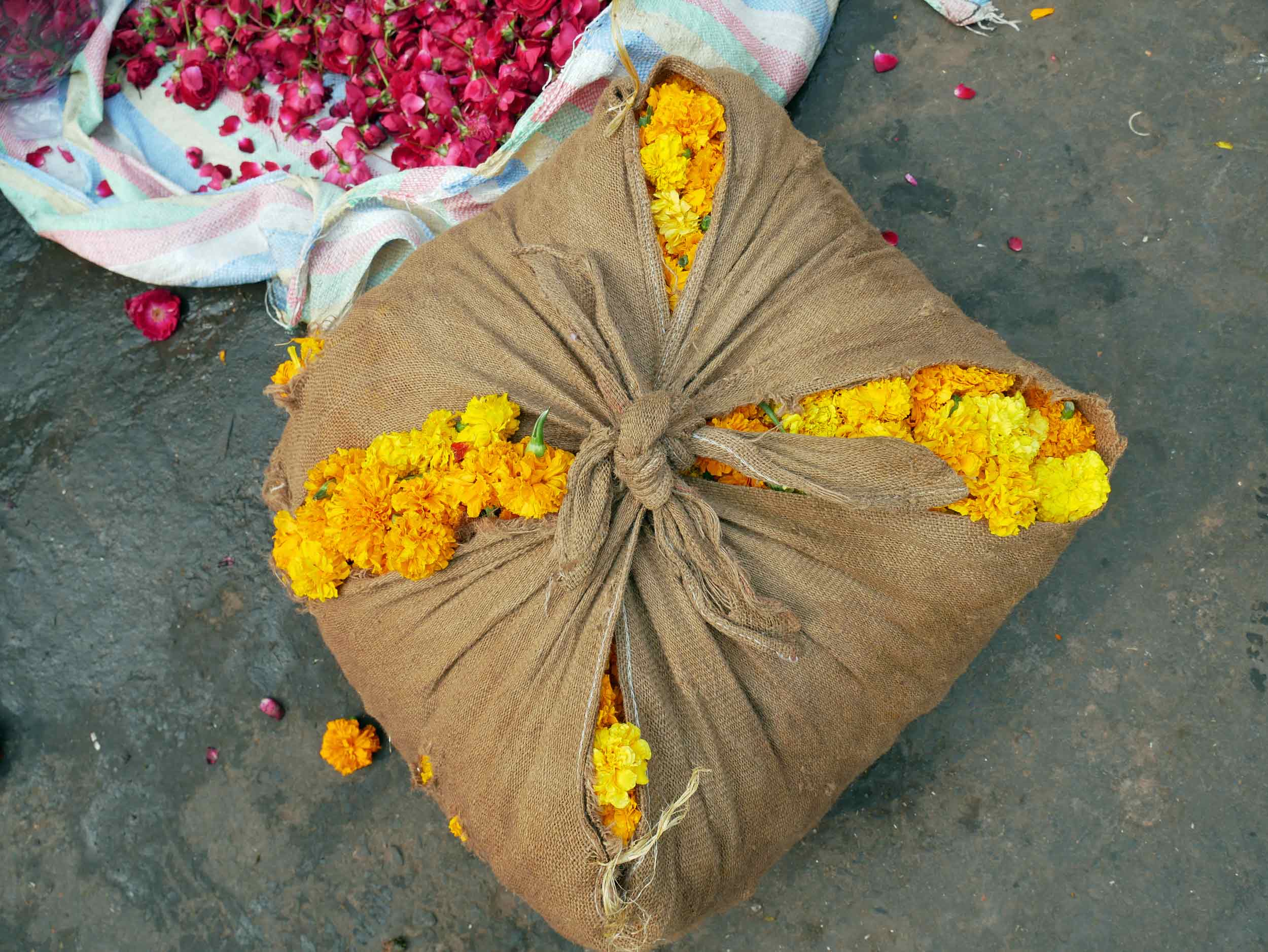
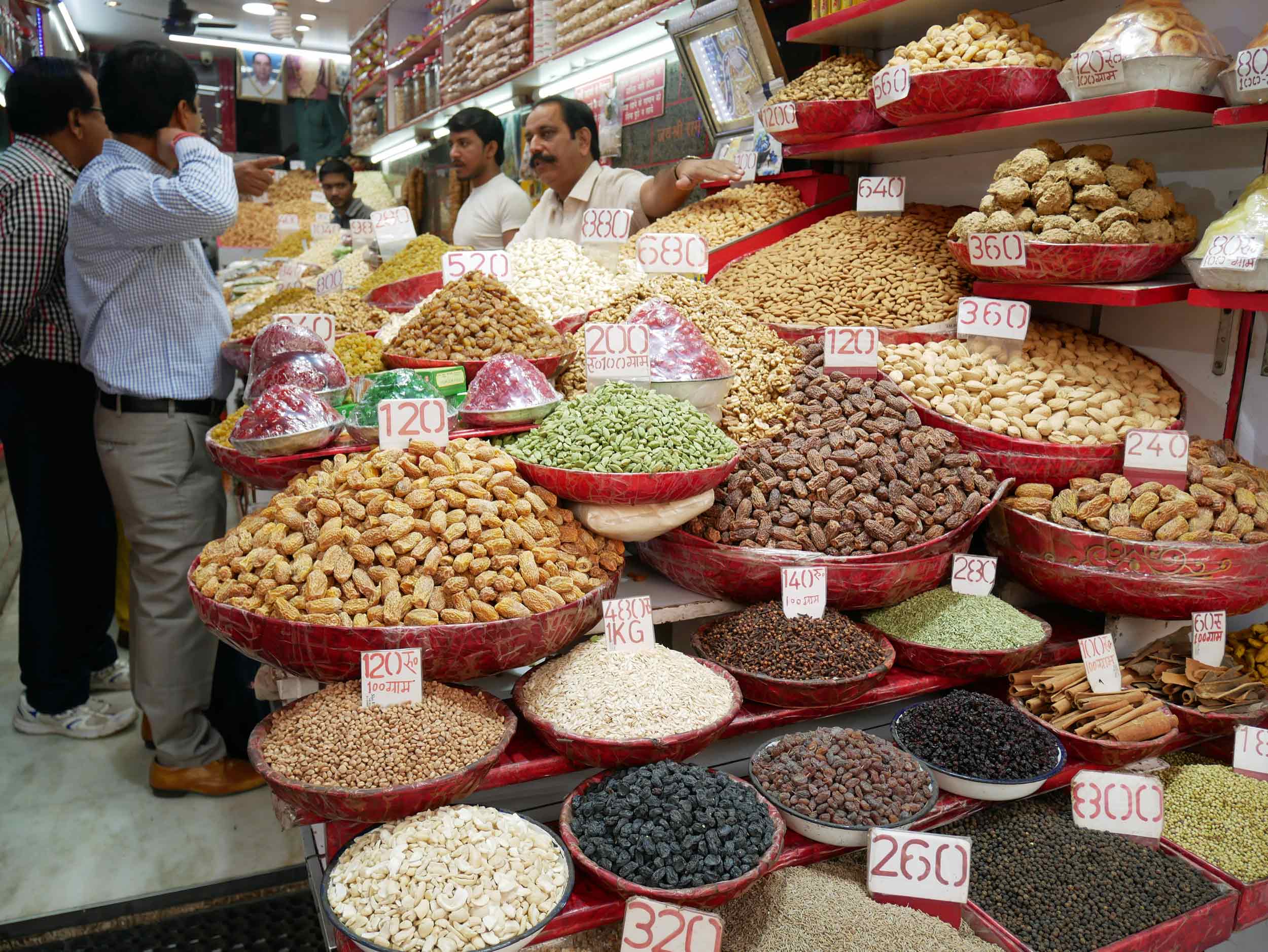
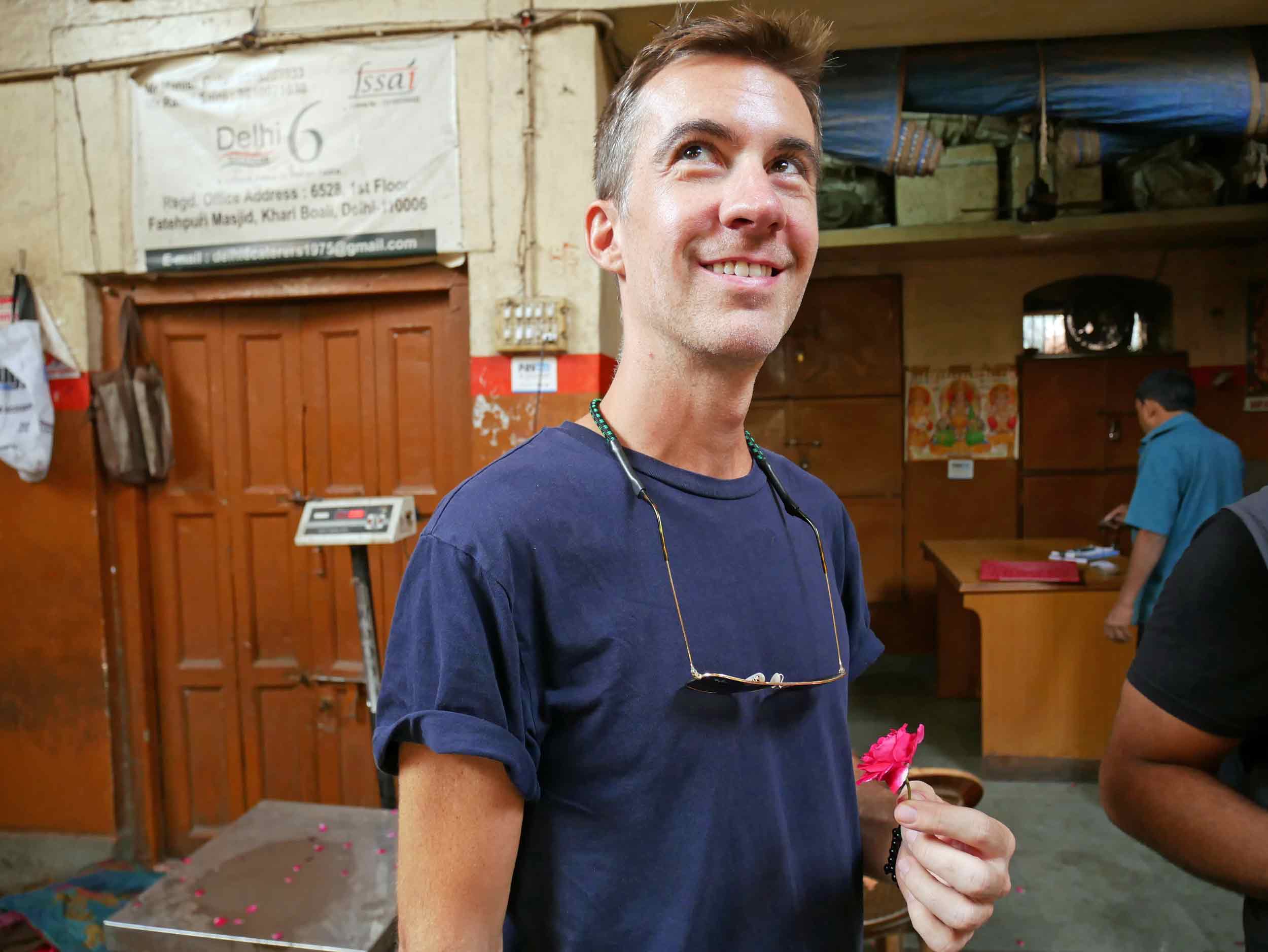
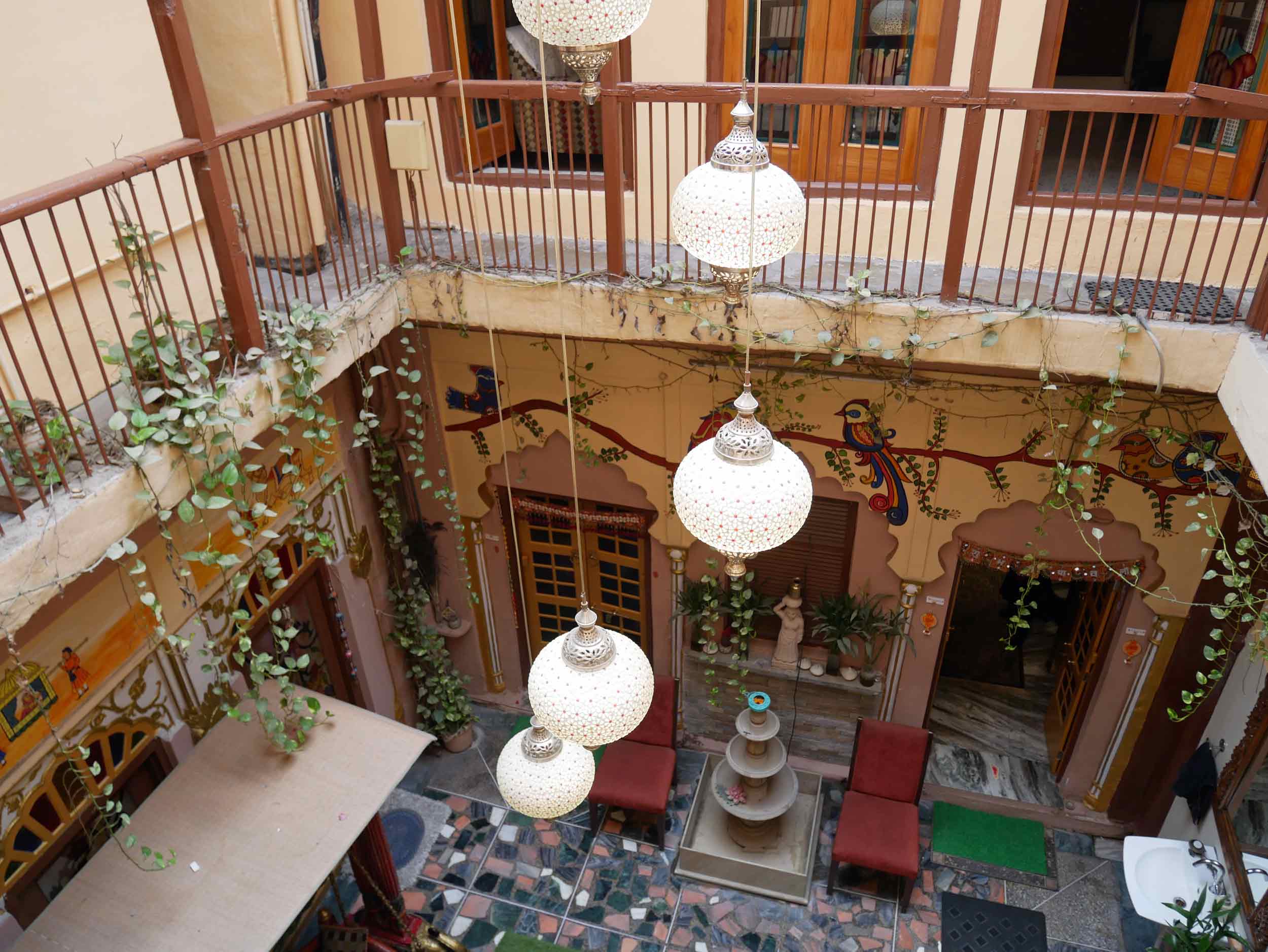
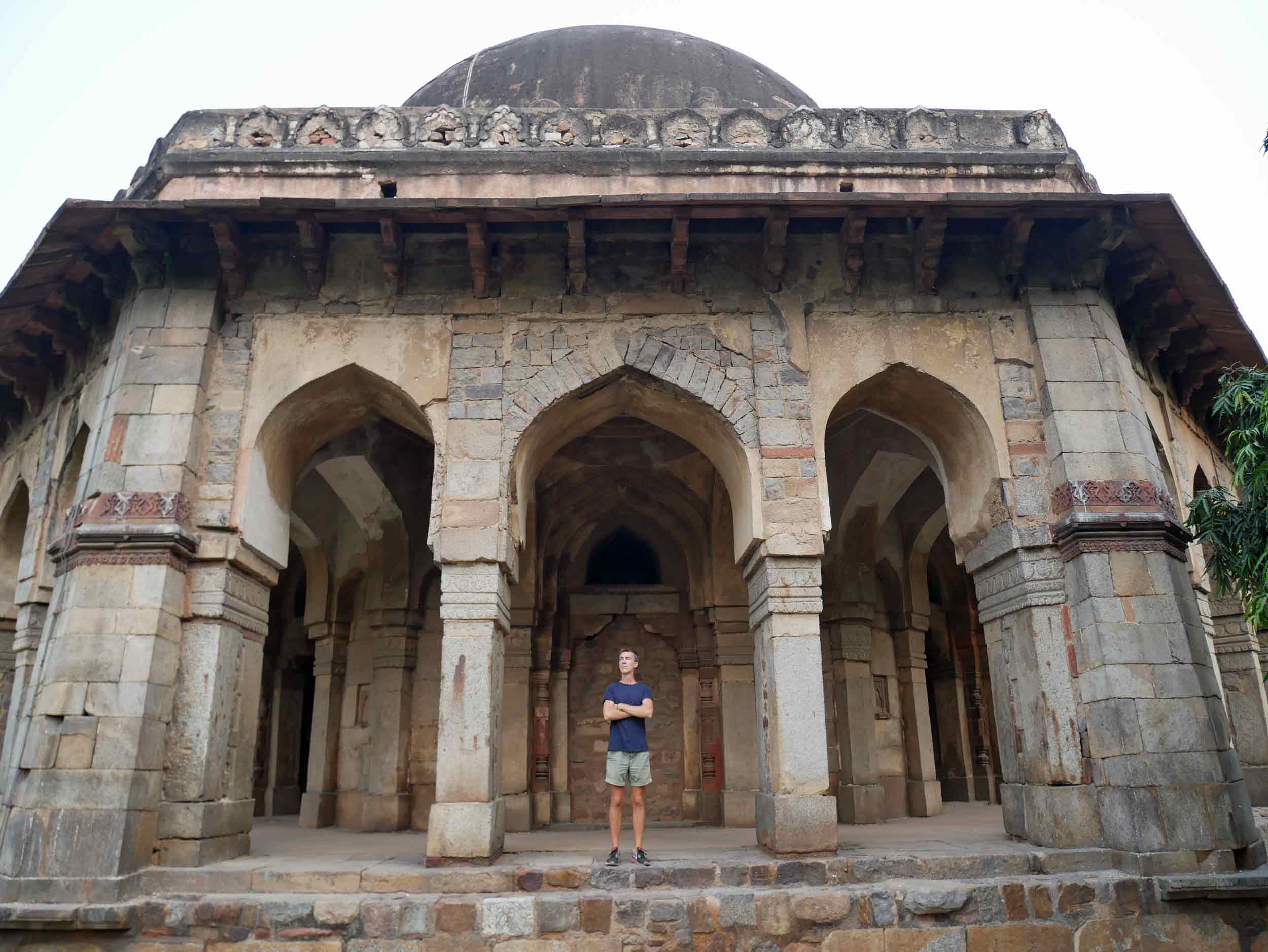
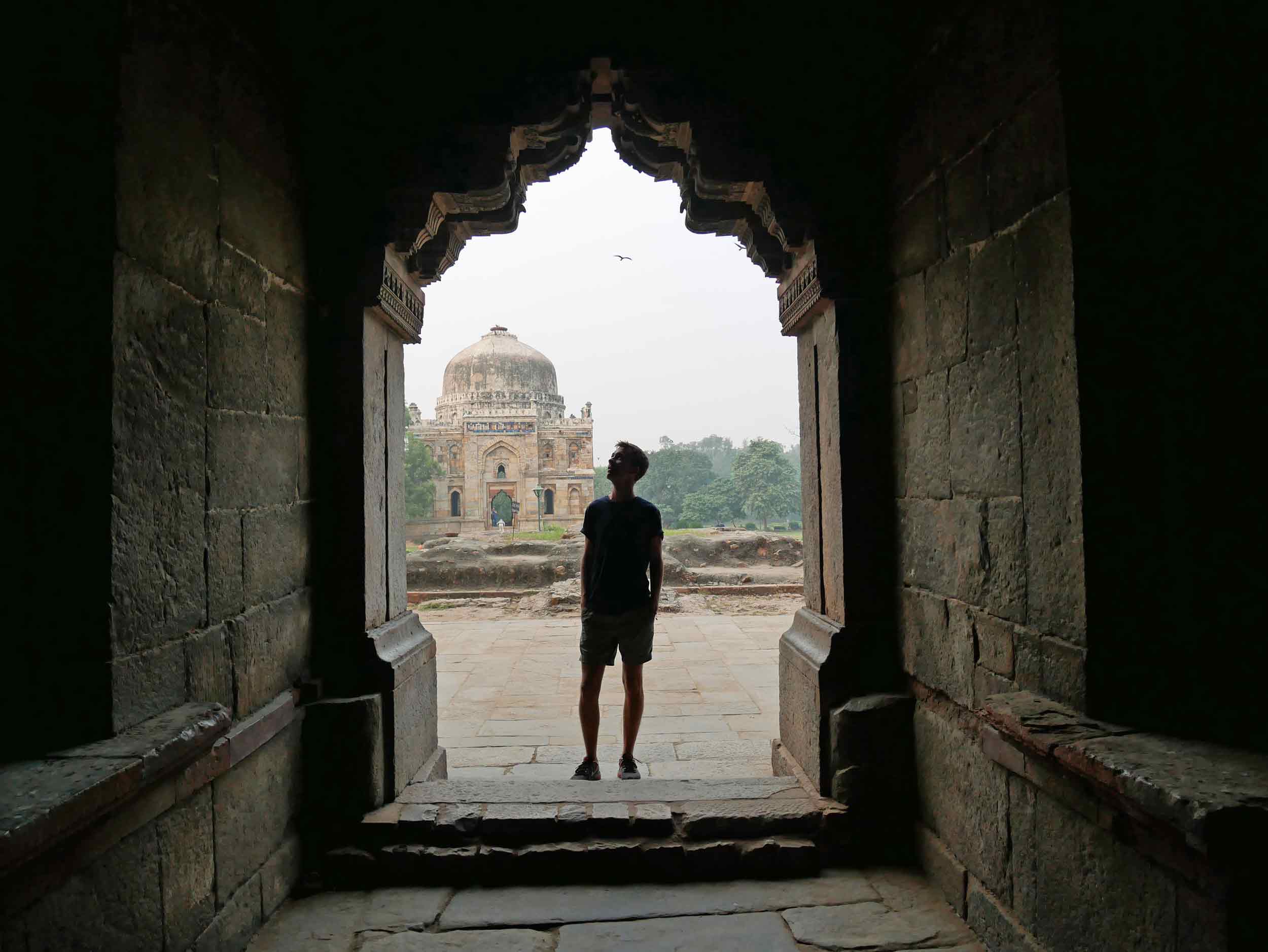
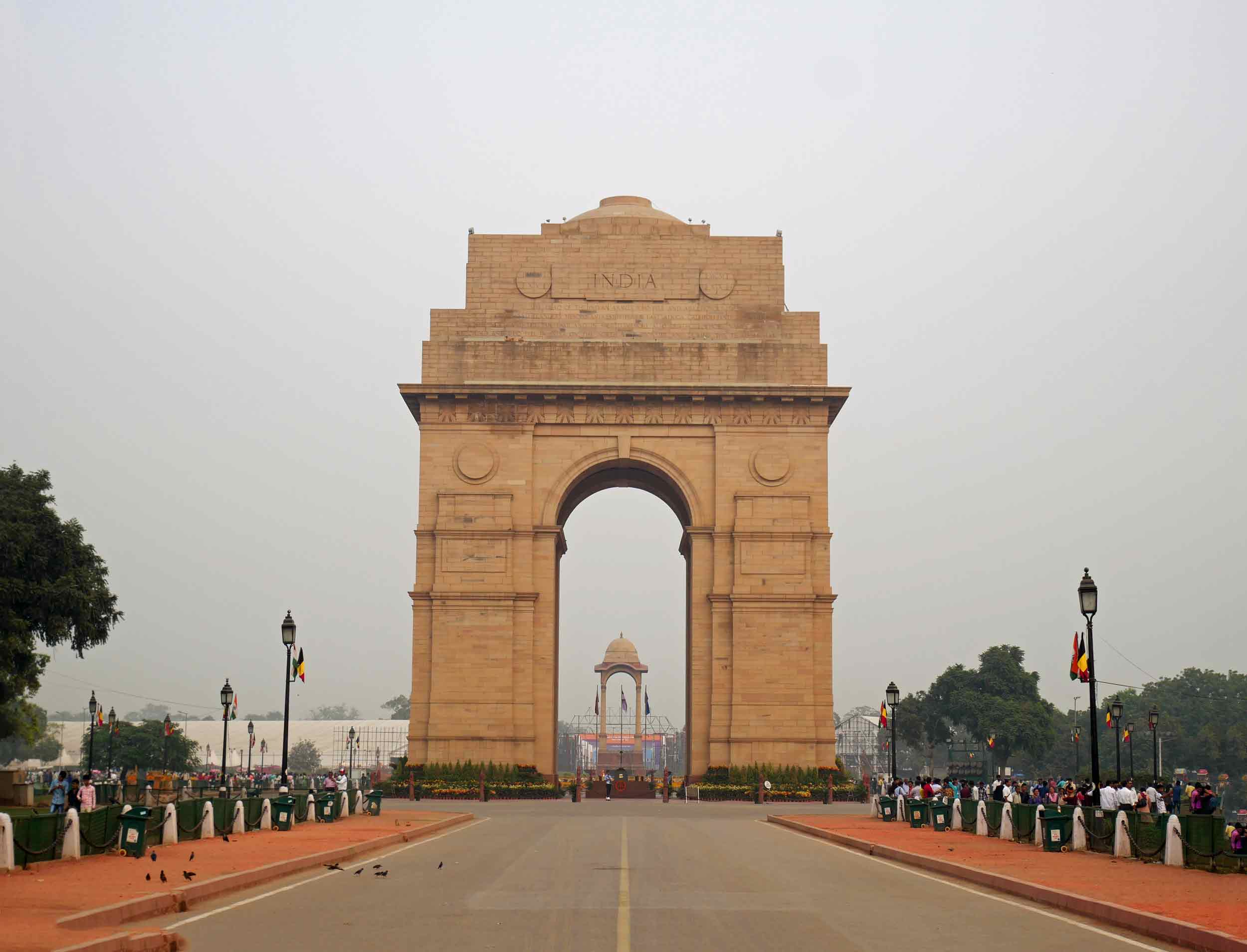
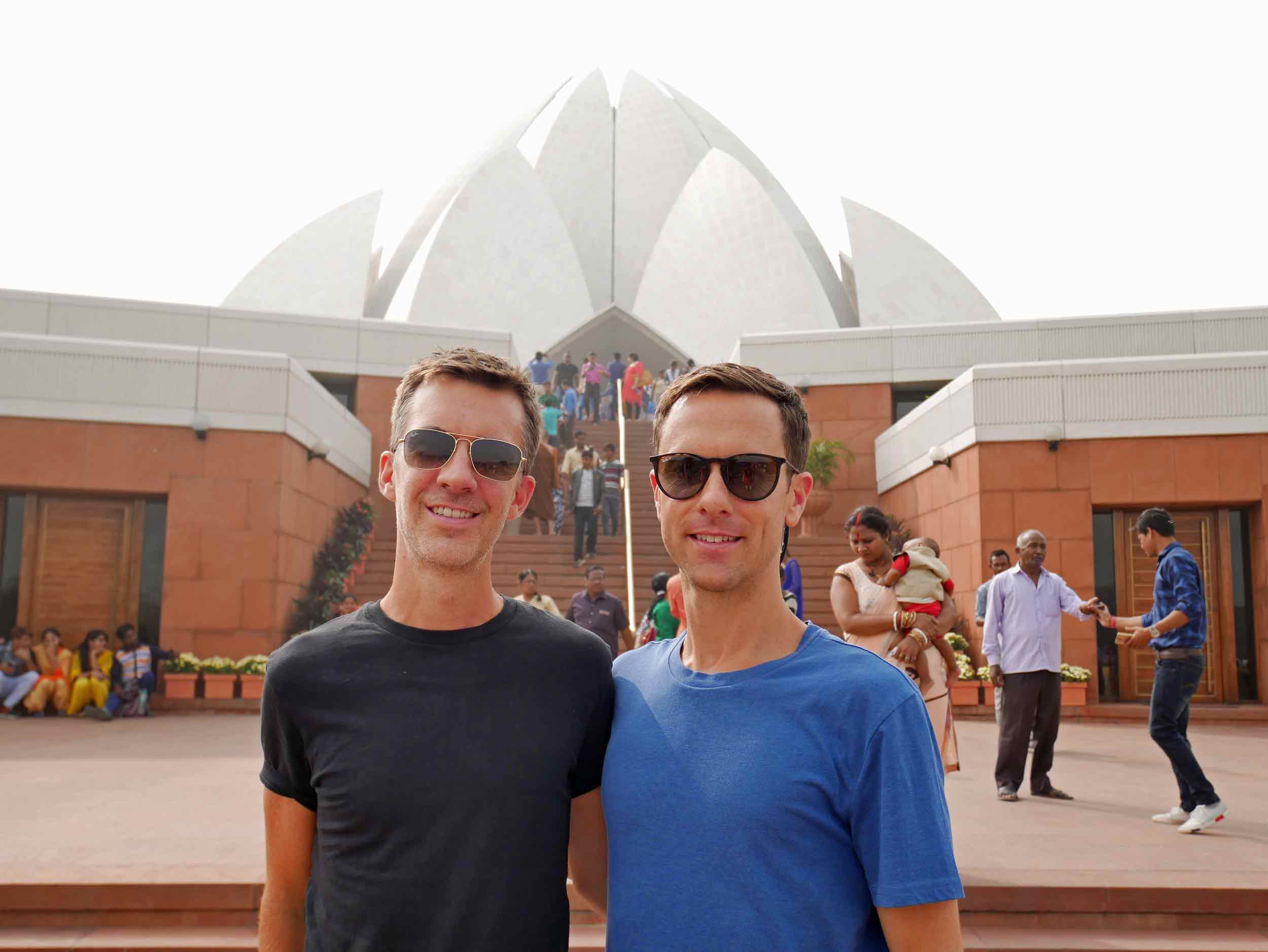
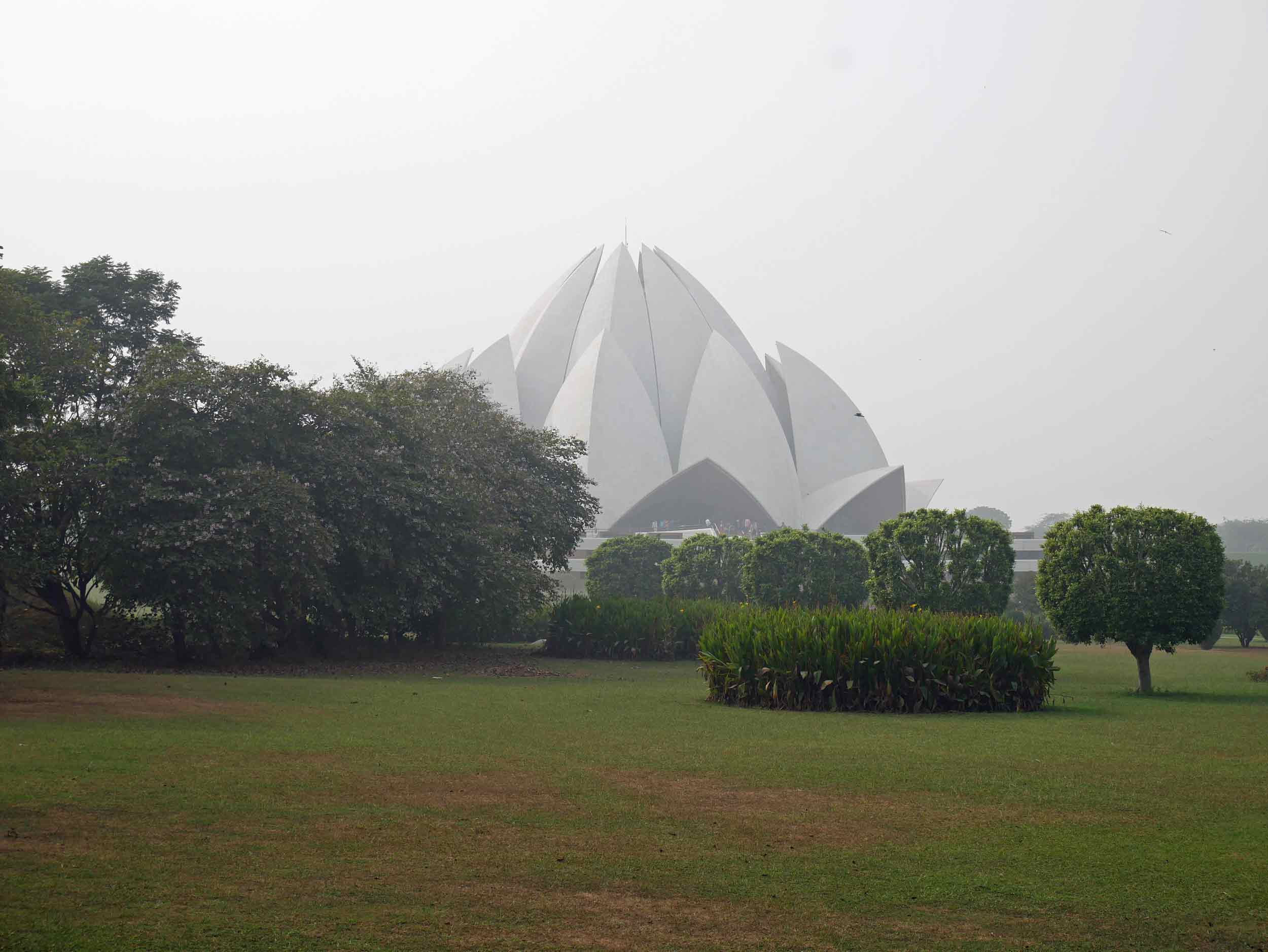
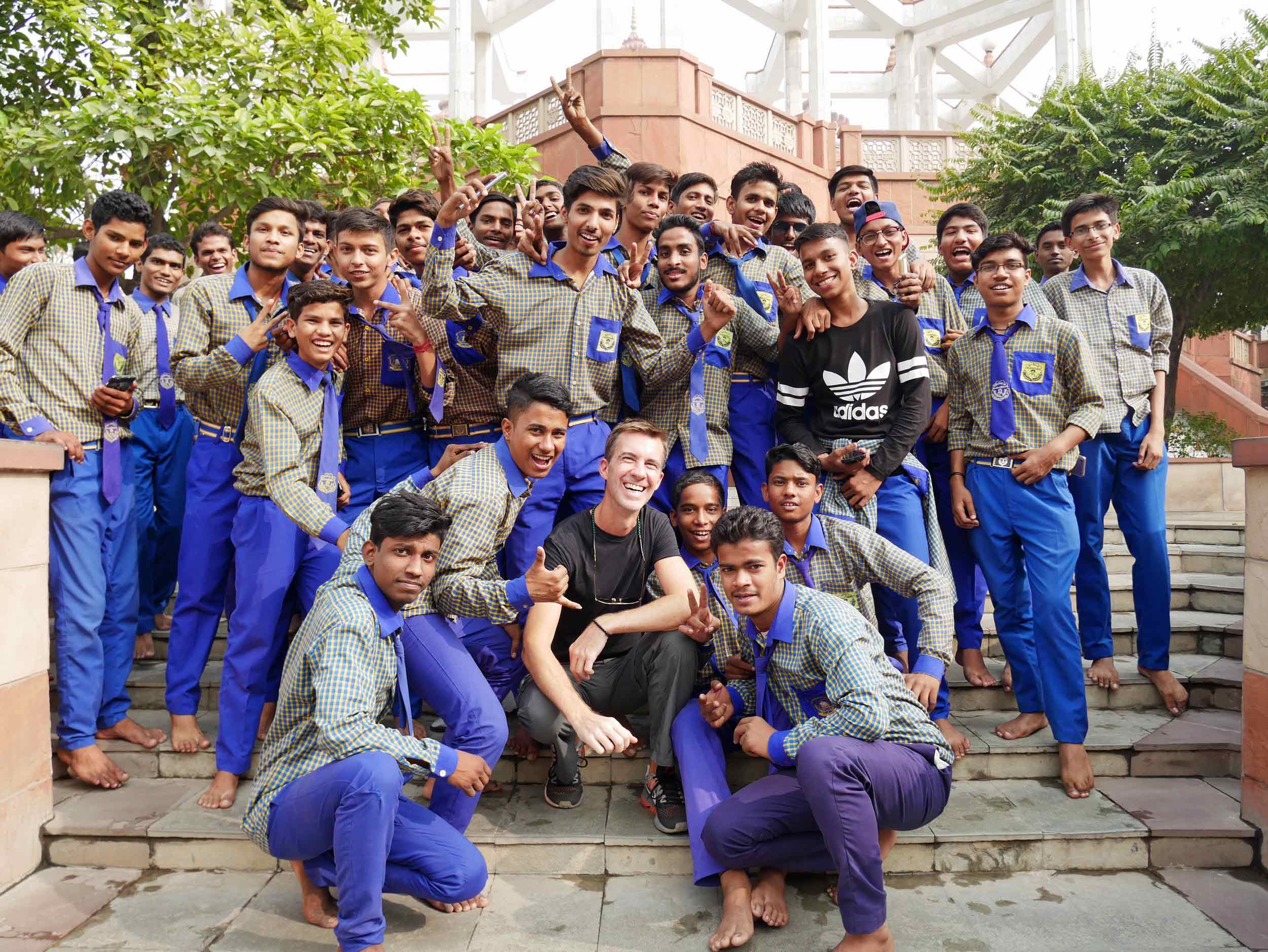

Whereas much of life is on full display in Mumbai, in New Delhi – at least in the central area where we spent much of our time – the government buildings and offices that line the broad roadways and many British traffic circles are shrouded behind lush landscaping, tall hedgerows and overgrown parks. The city is truly sprawling, but we managed to take in popular attractions, such as Lodi Gardens, dotted with the crumbling domes and arches of ancient Mughal-era tombs; India Gate, the Arc de Triomphe-like memorial to fallen soldiers of World War I and other battles under the British Raj; the colossal, flower-shaped Lotus Temple, home to the Bahá’í faith, where we had the opportunity to sit in silence for a few moments’ meditation under its impressive dome; and finally, one of India’s largest temple complexes, the ISKCON Temple, house of worship for followers of the Hare Krishna movement. Yet, one of the most fun and memorable highlights of our time in Delhi was our coffee catch up with Anjali, who surprised us with an impromptu visit from the UAE where she now resides.
As we prepared to leave the sizzling heat and foul air of Delhi, we were more than 20 days into our journey through India, already discovering from the places we’d visited the many diverse faces of Bharat Matā, or Mother India, and stilling ourselves for the increasing intensity of our remaining itinerary ahead.
